The Volcanic Connection
We’re really getting down to the wire here down south so I’ve been hitting the road hard to knock off some critical sights while I still can.
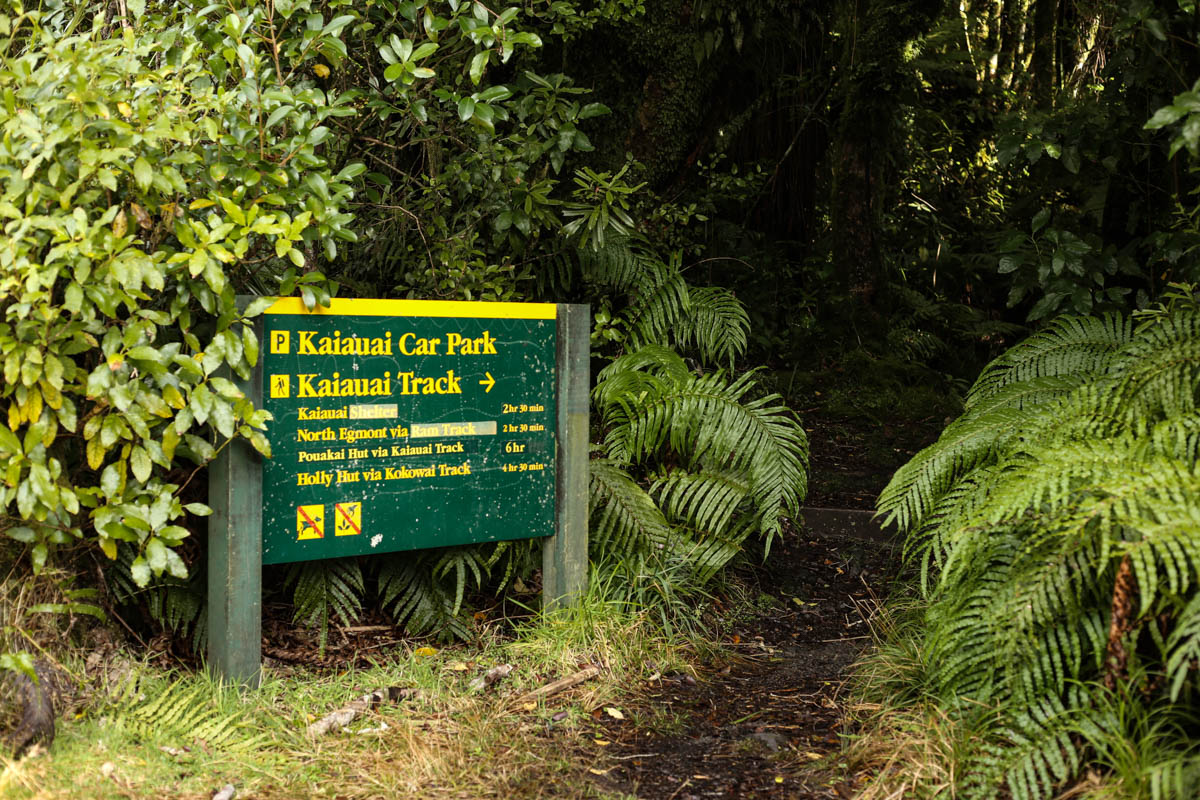
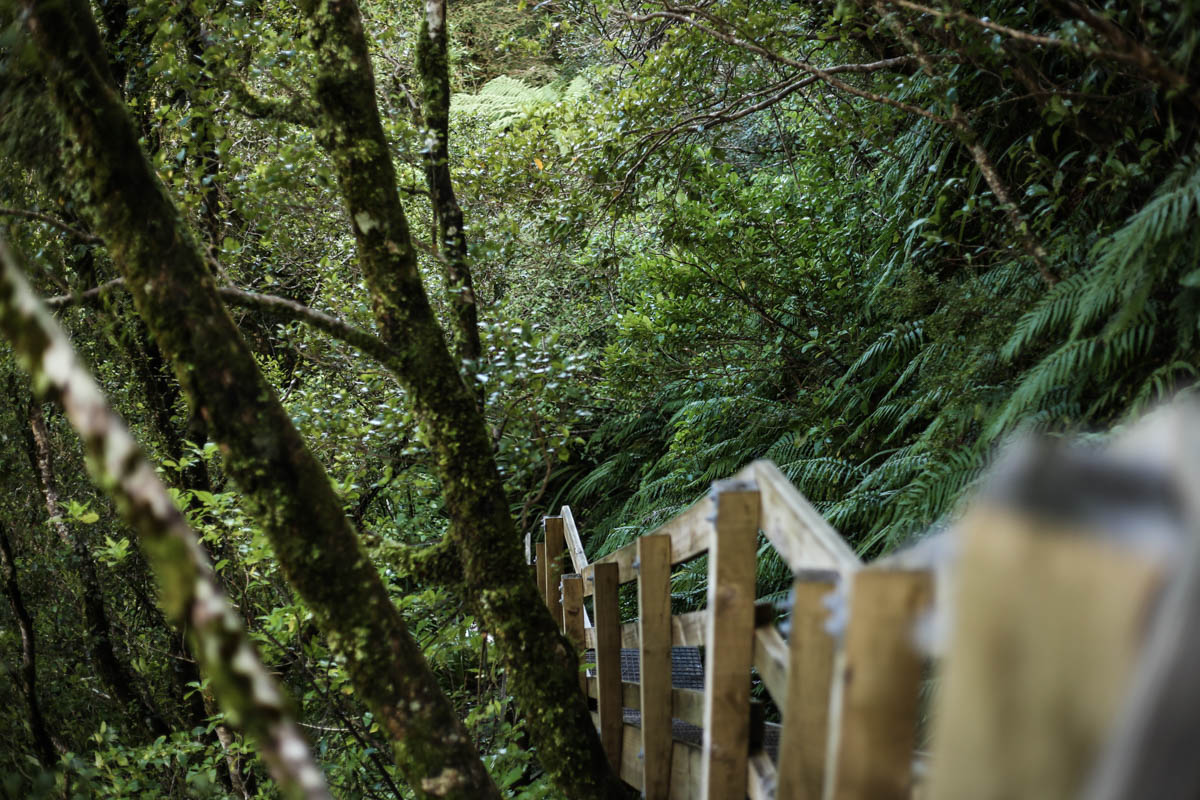
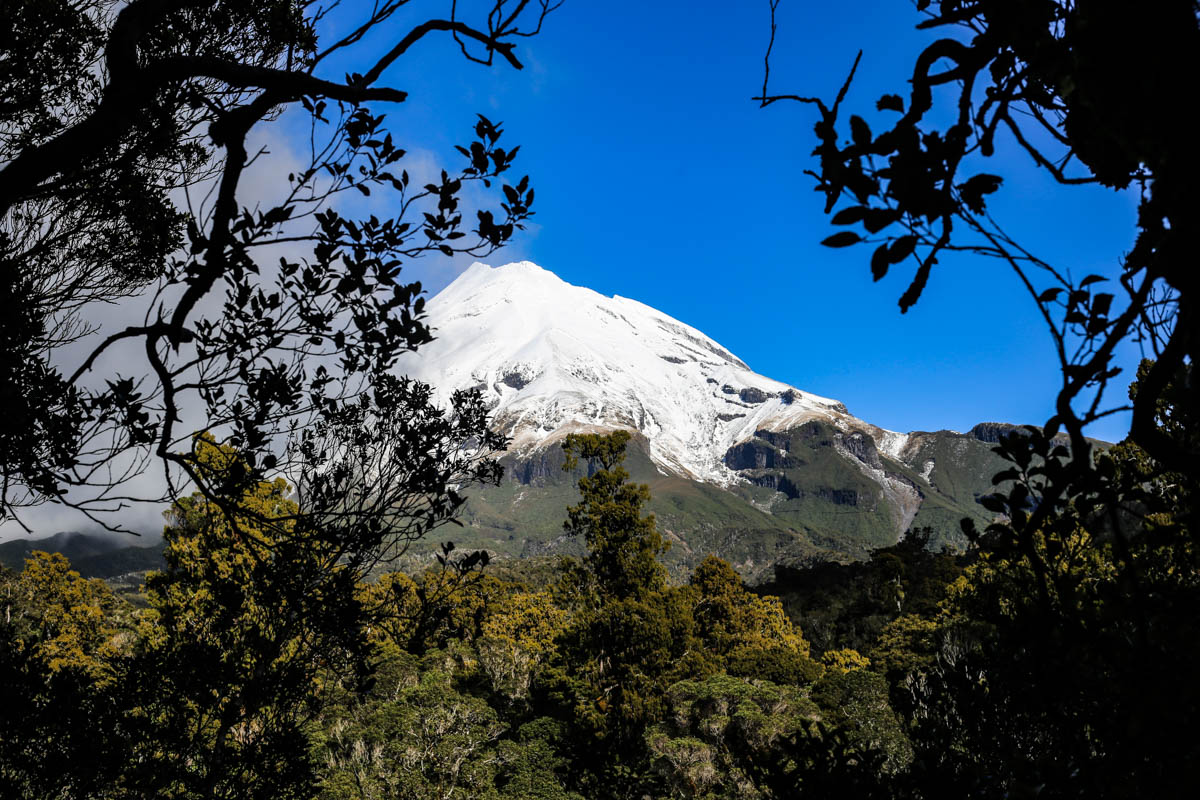
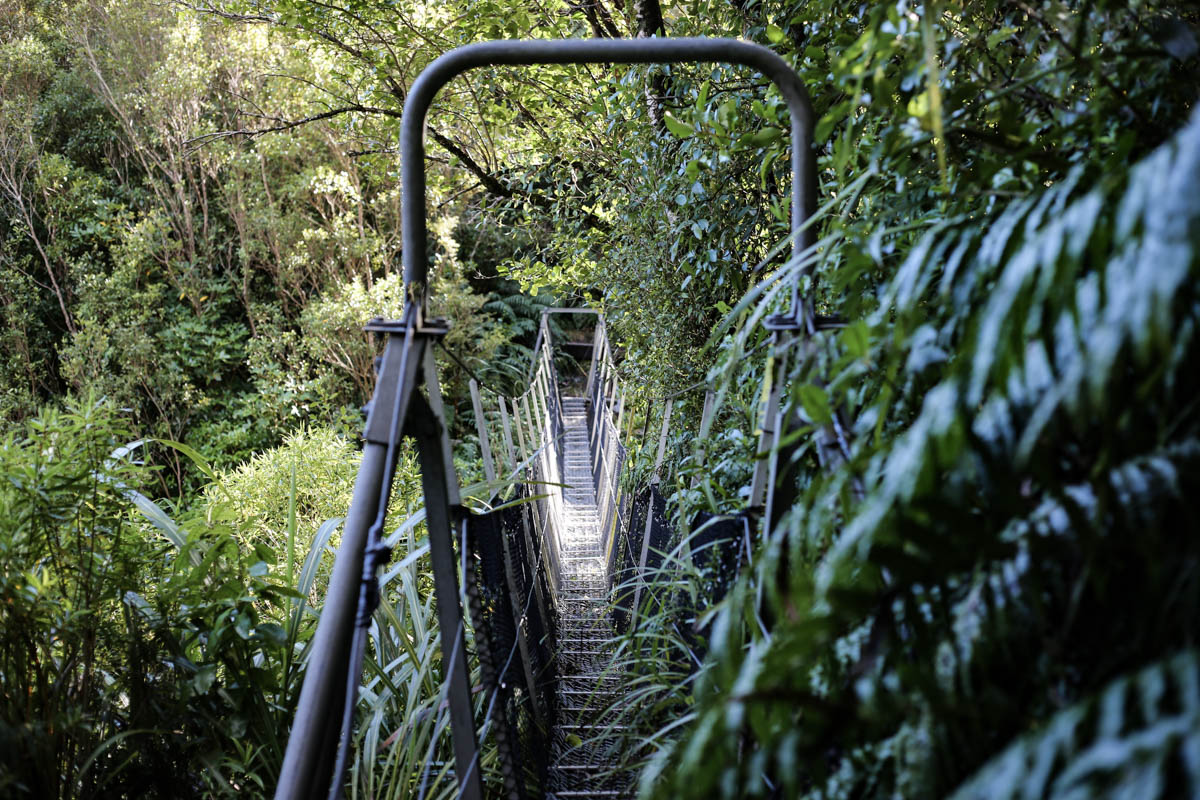
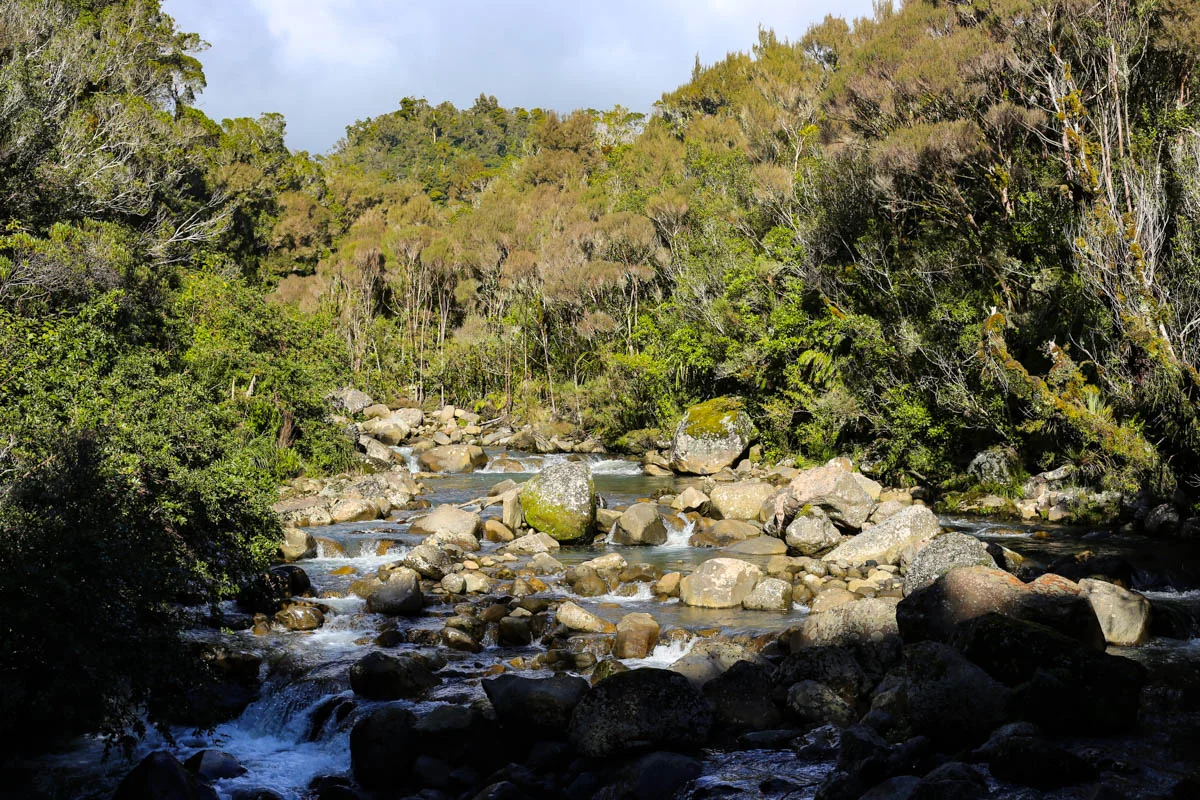
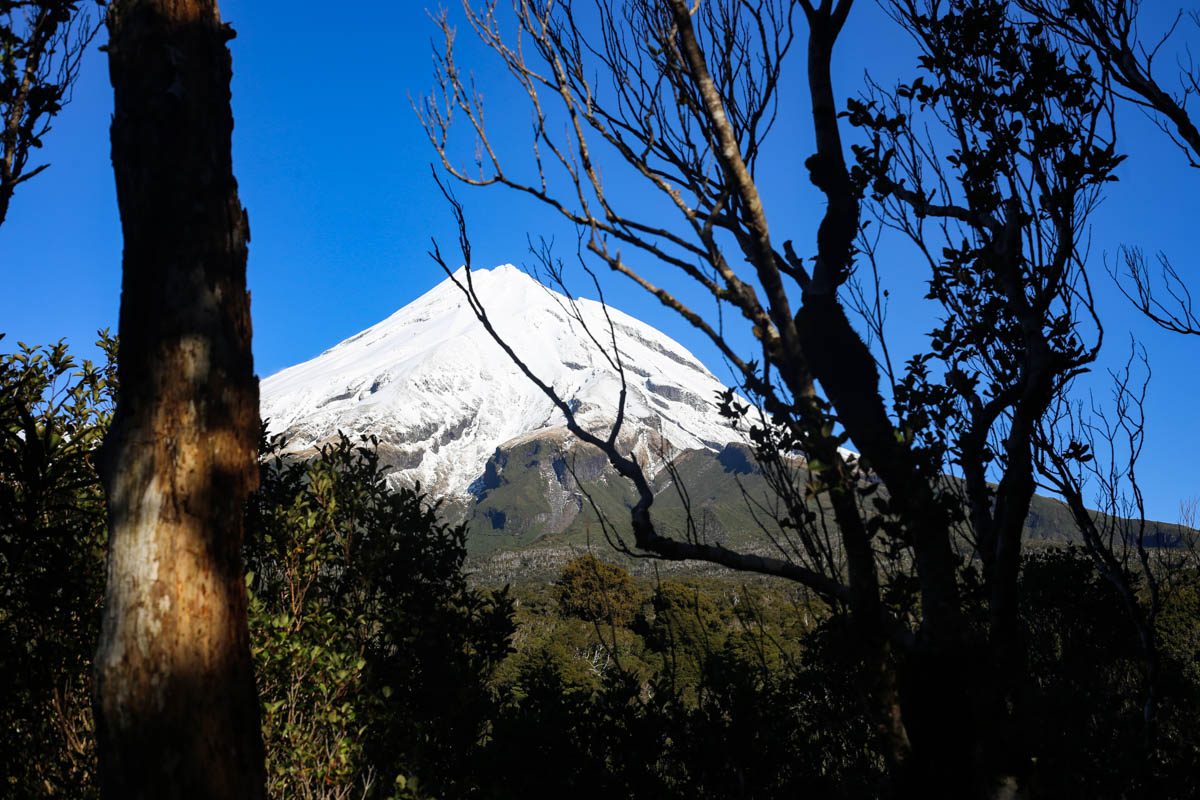
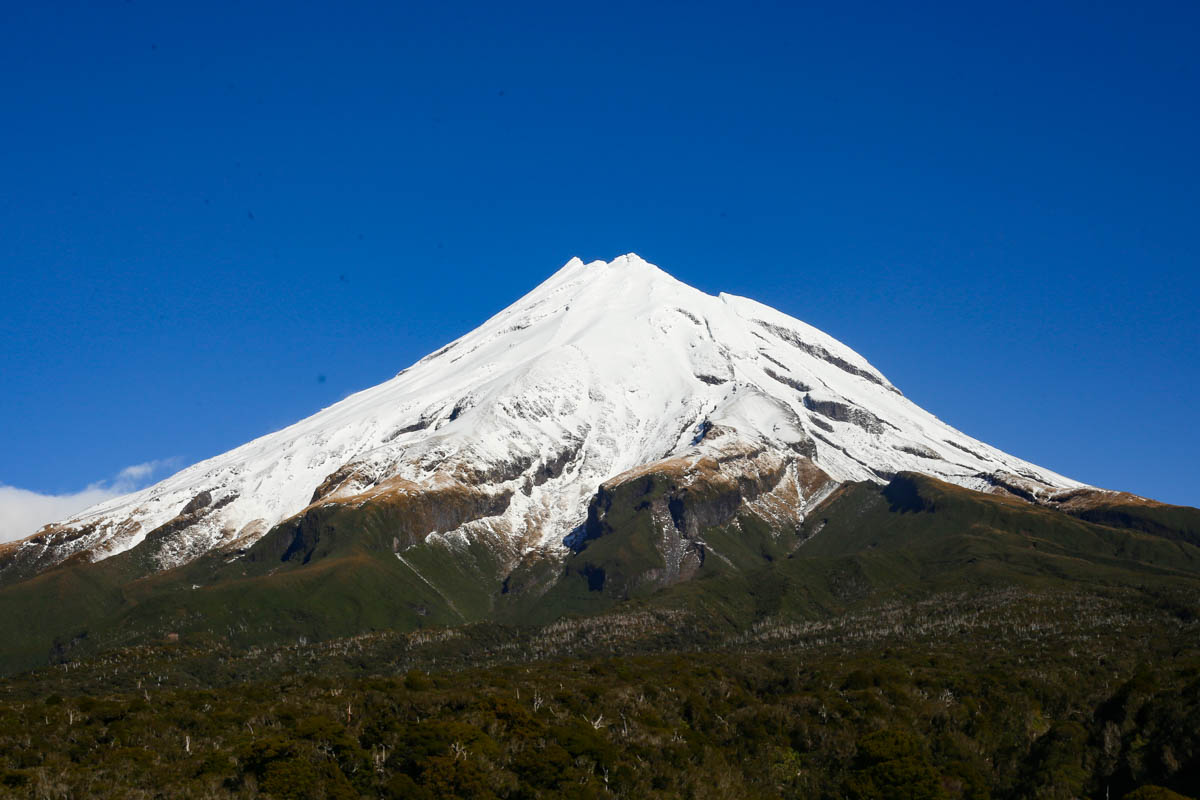
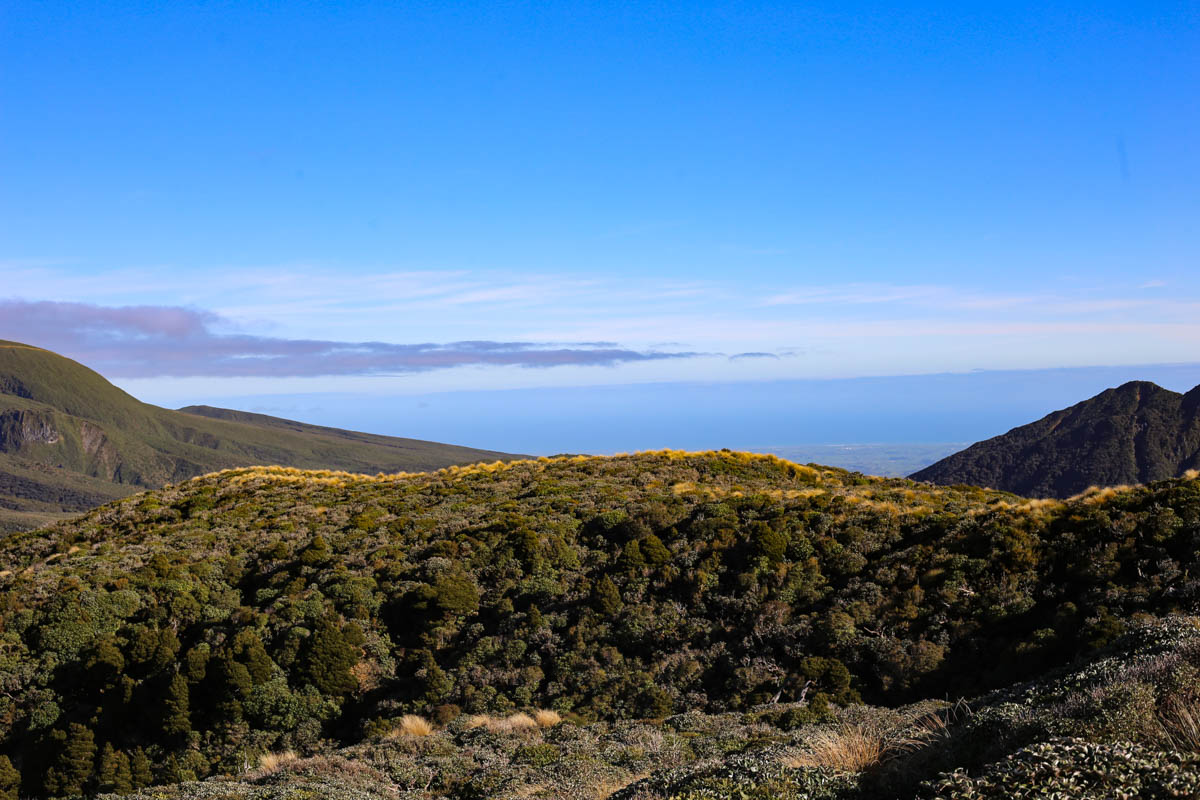
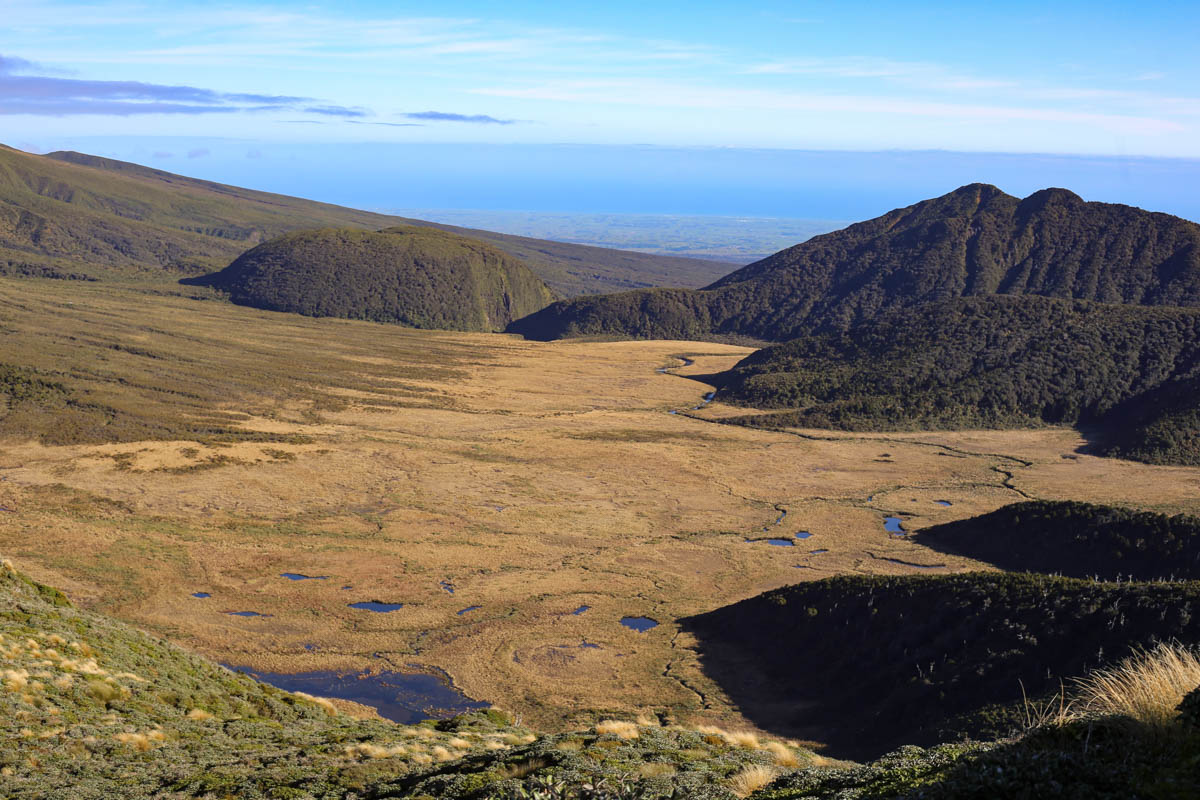
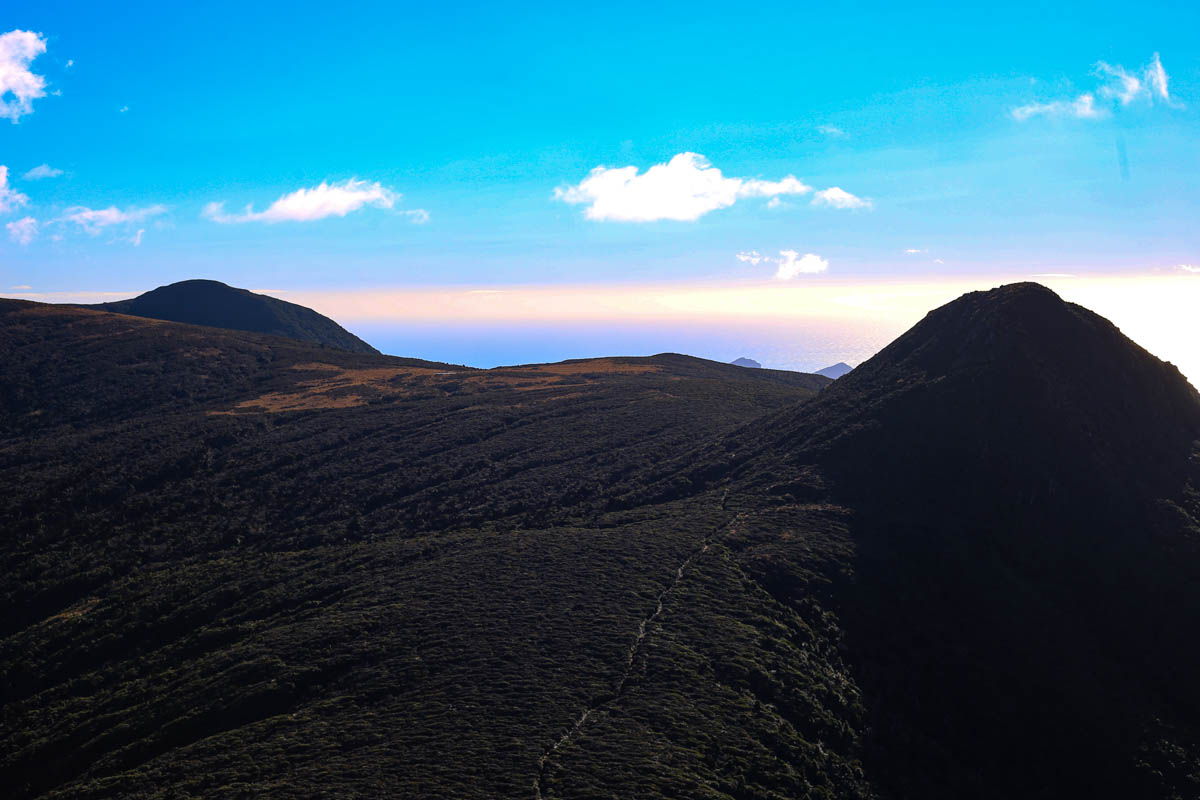
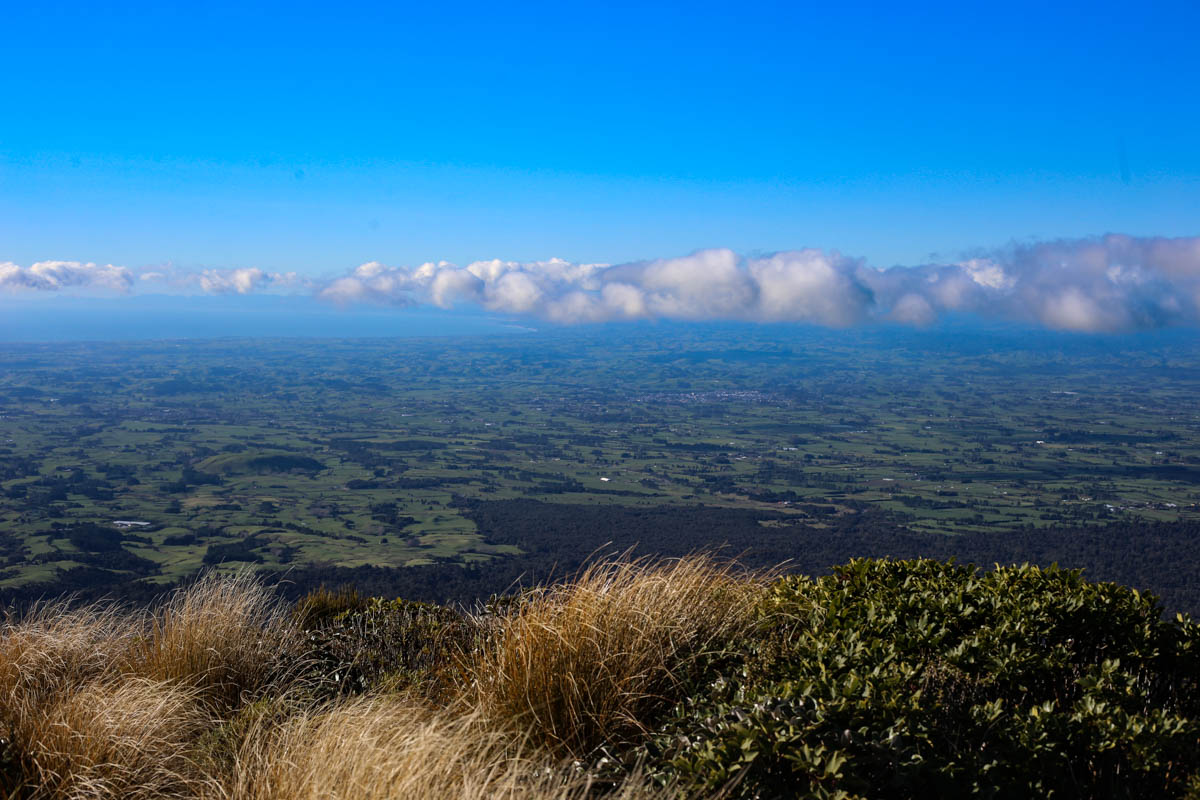
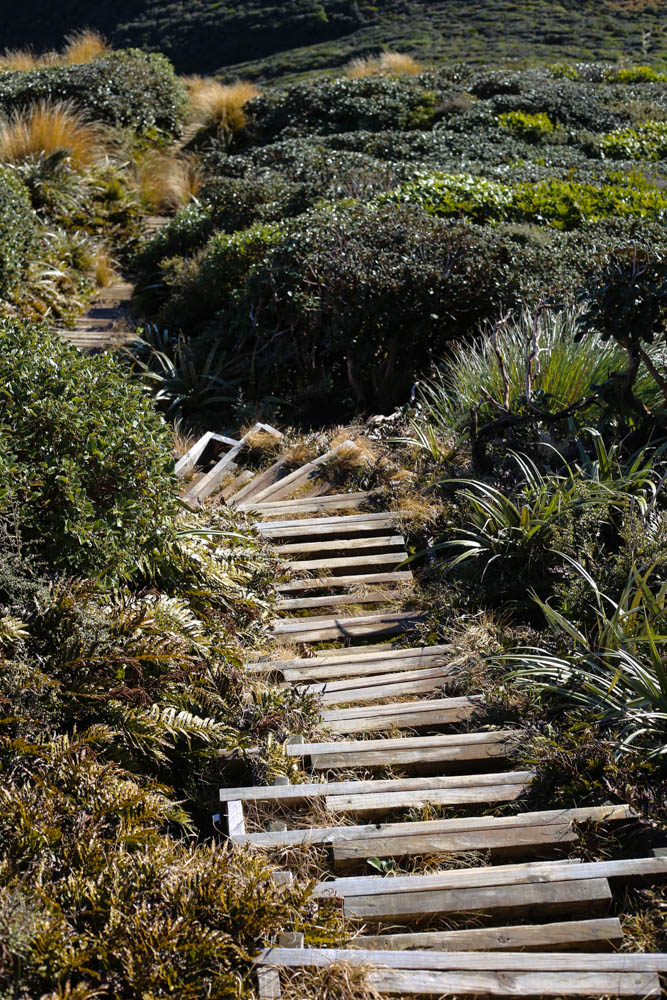
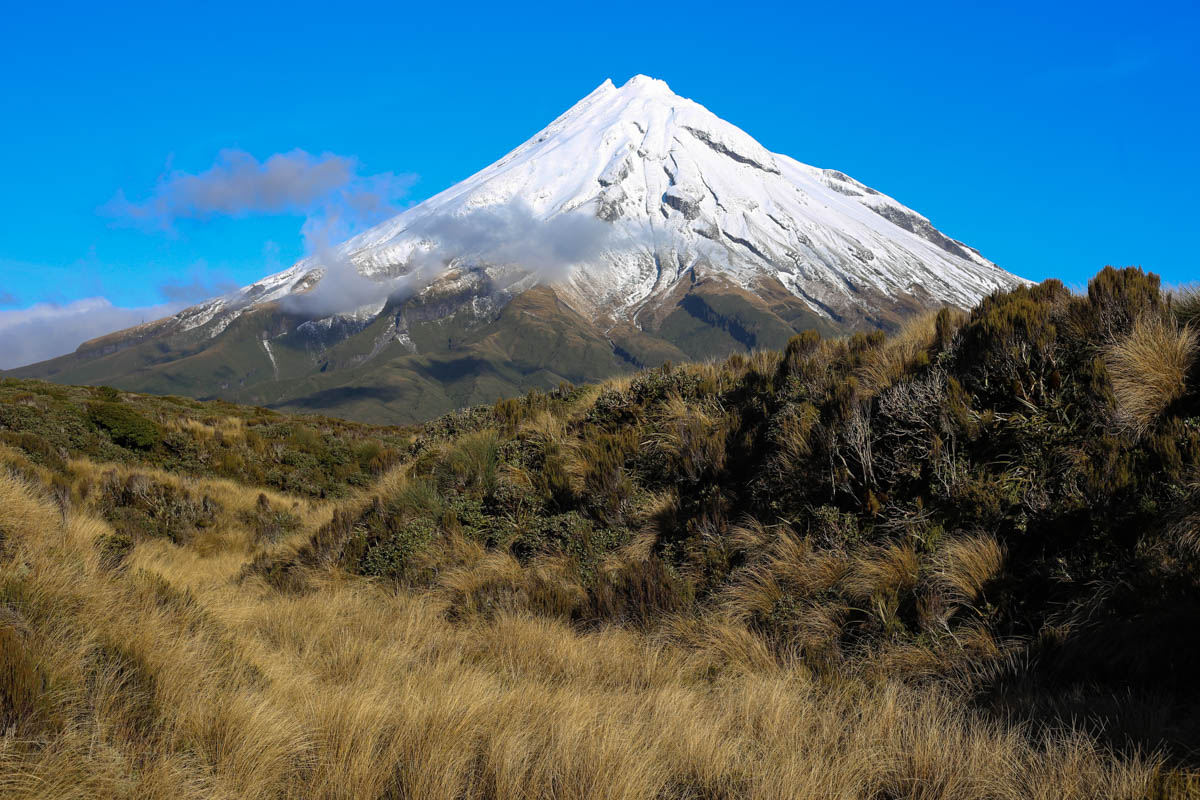
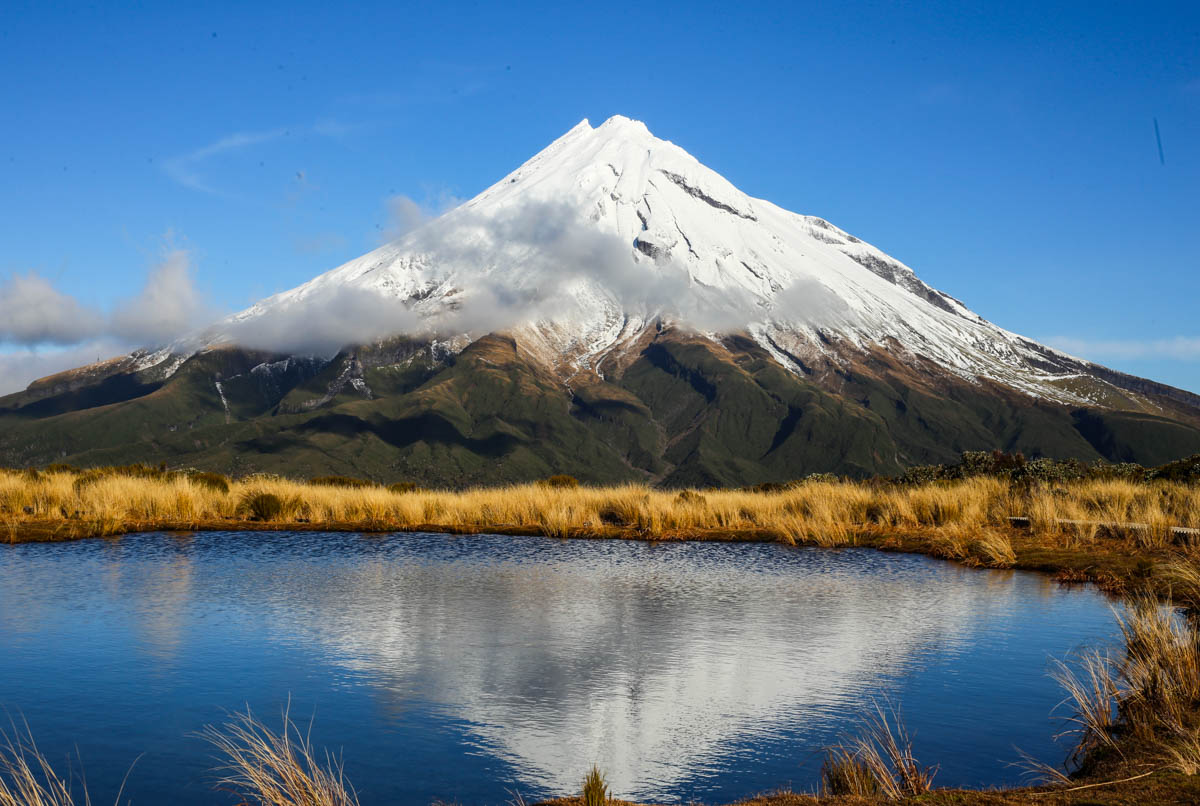
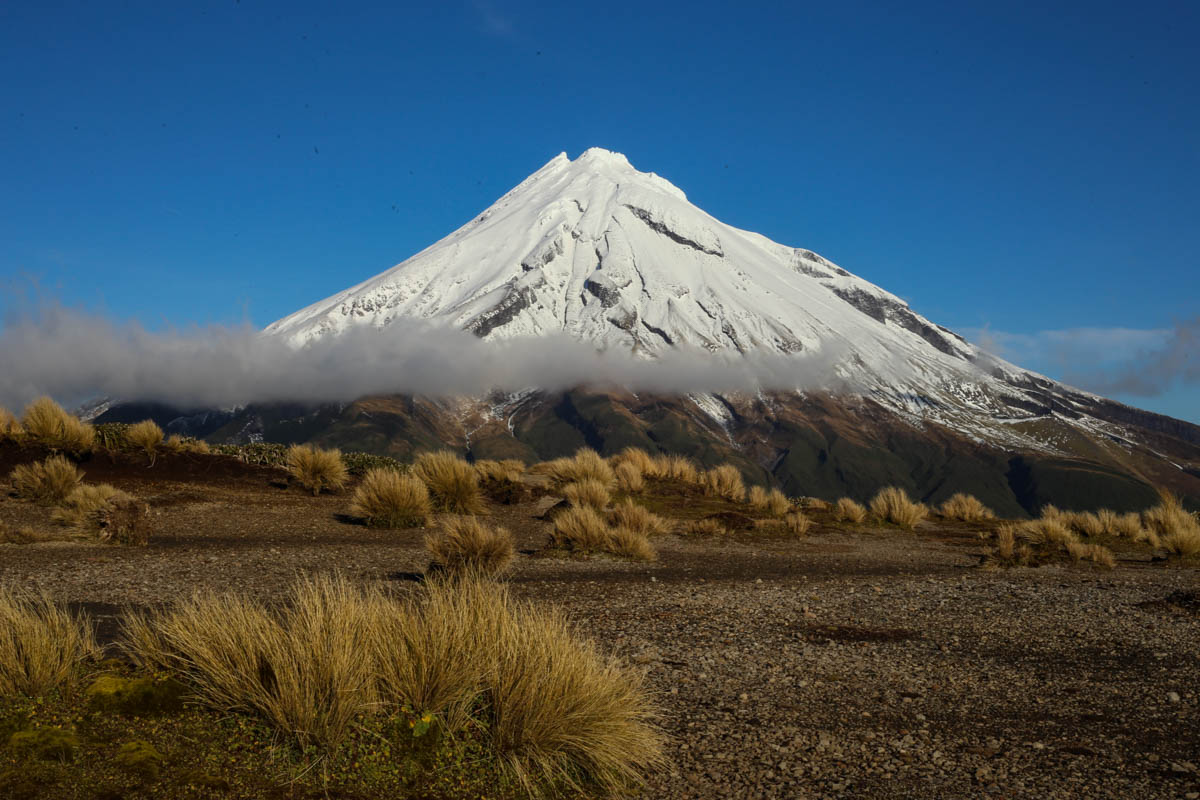
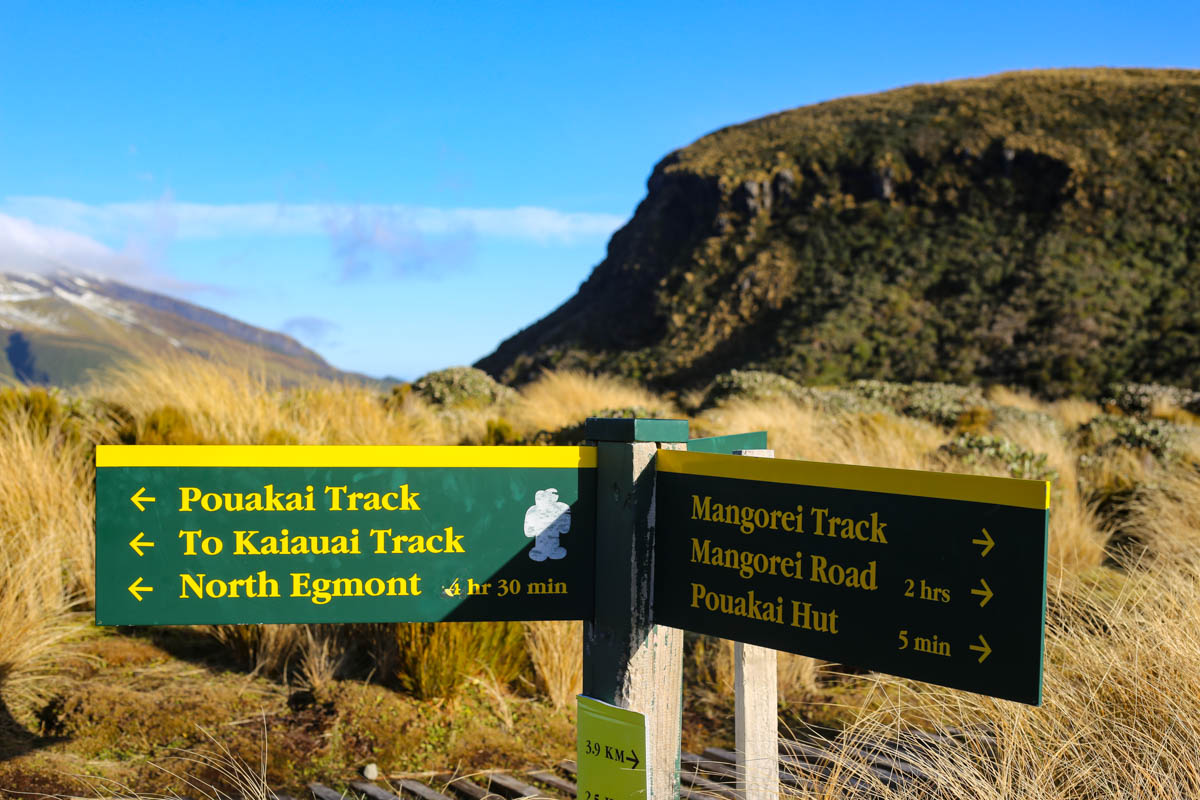
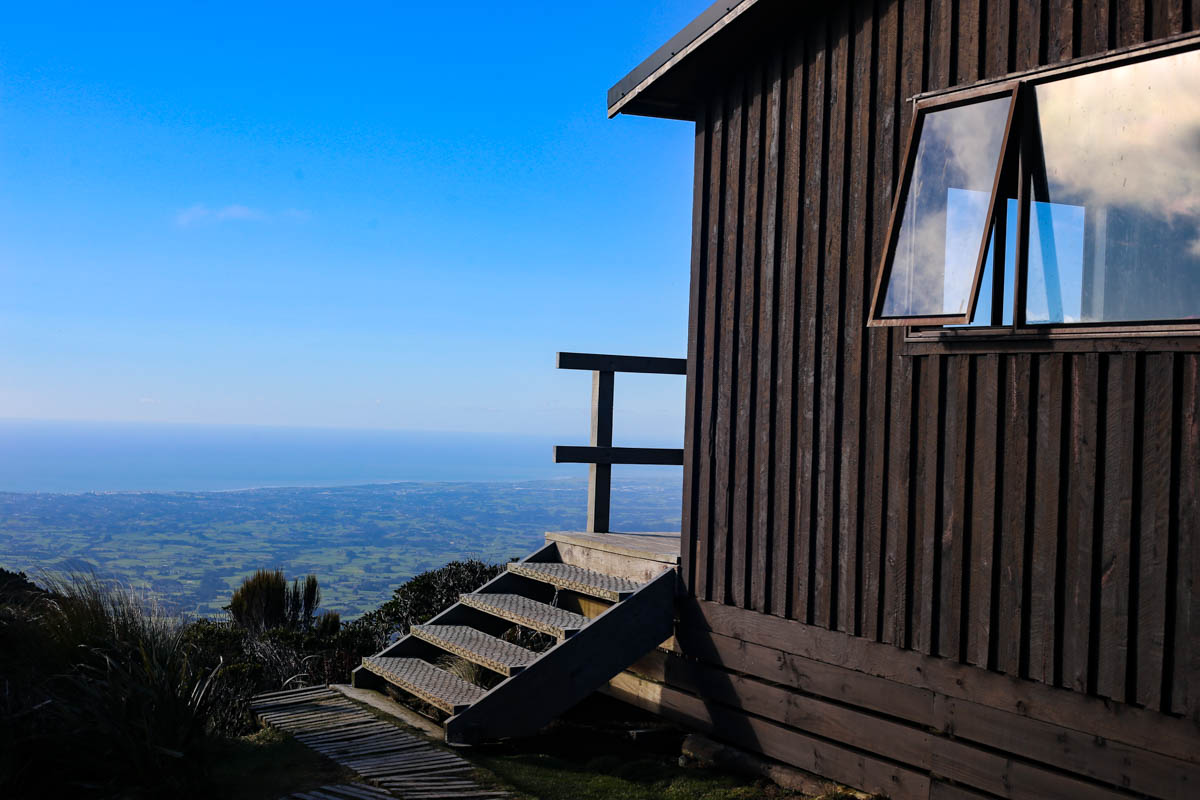
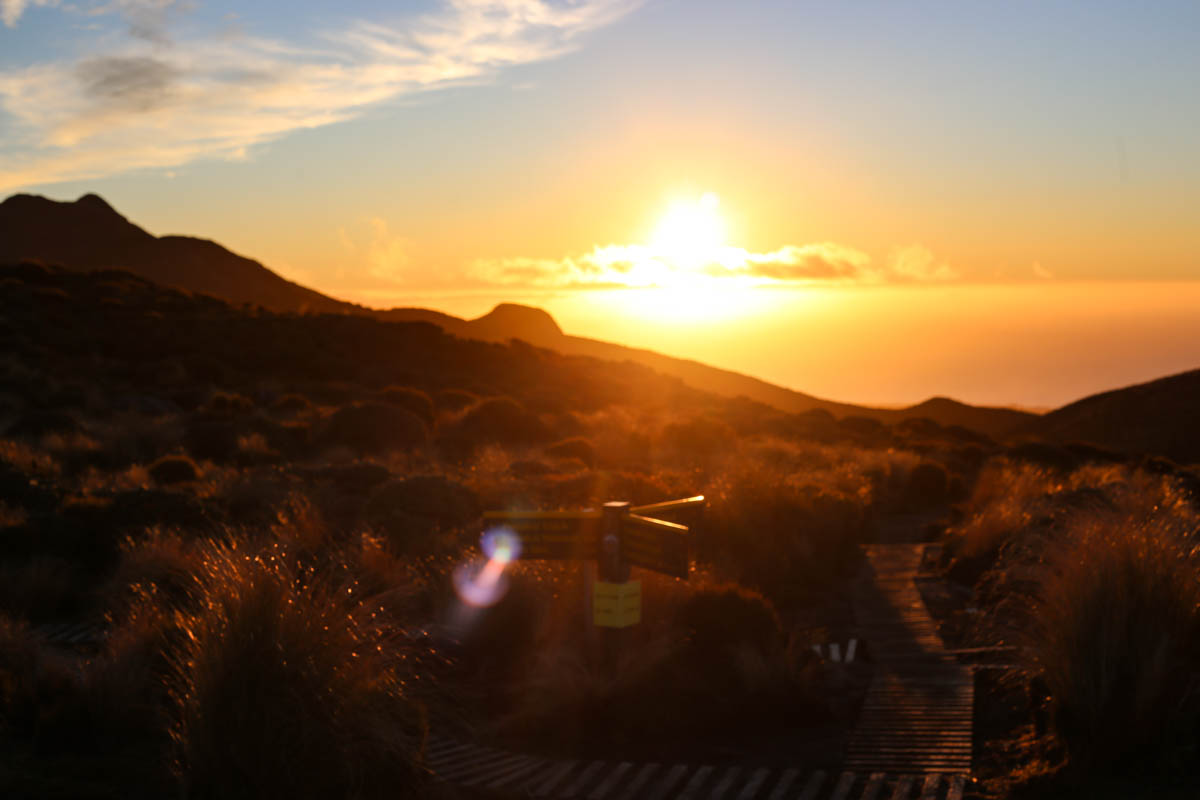
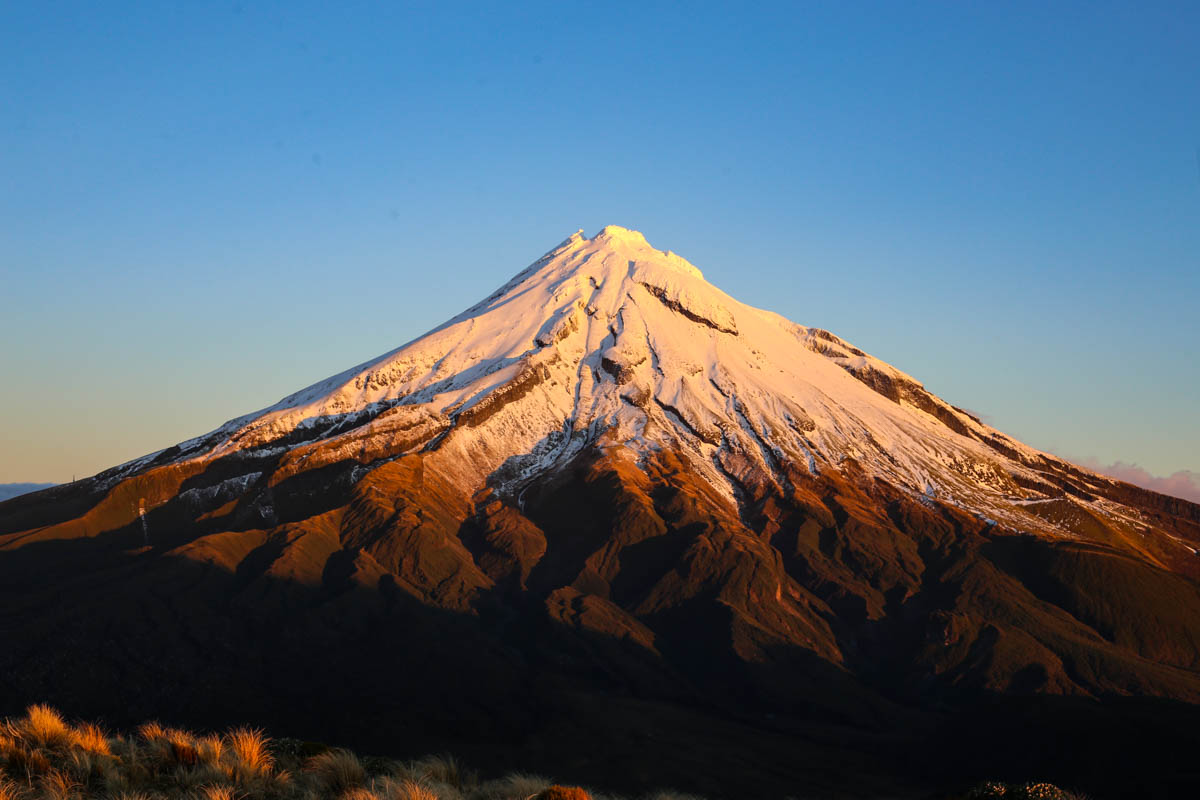
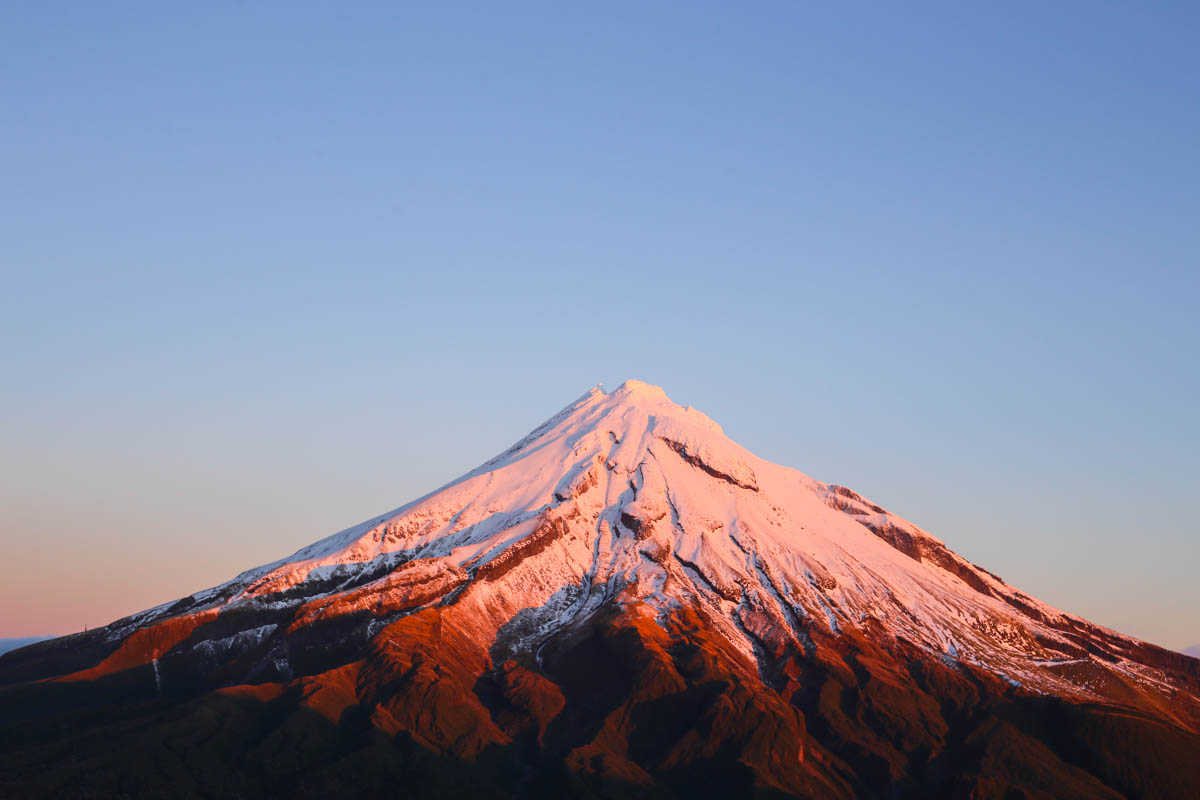
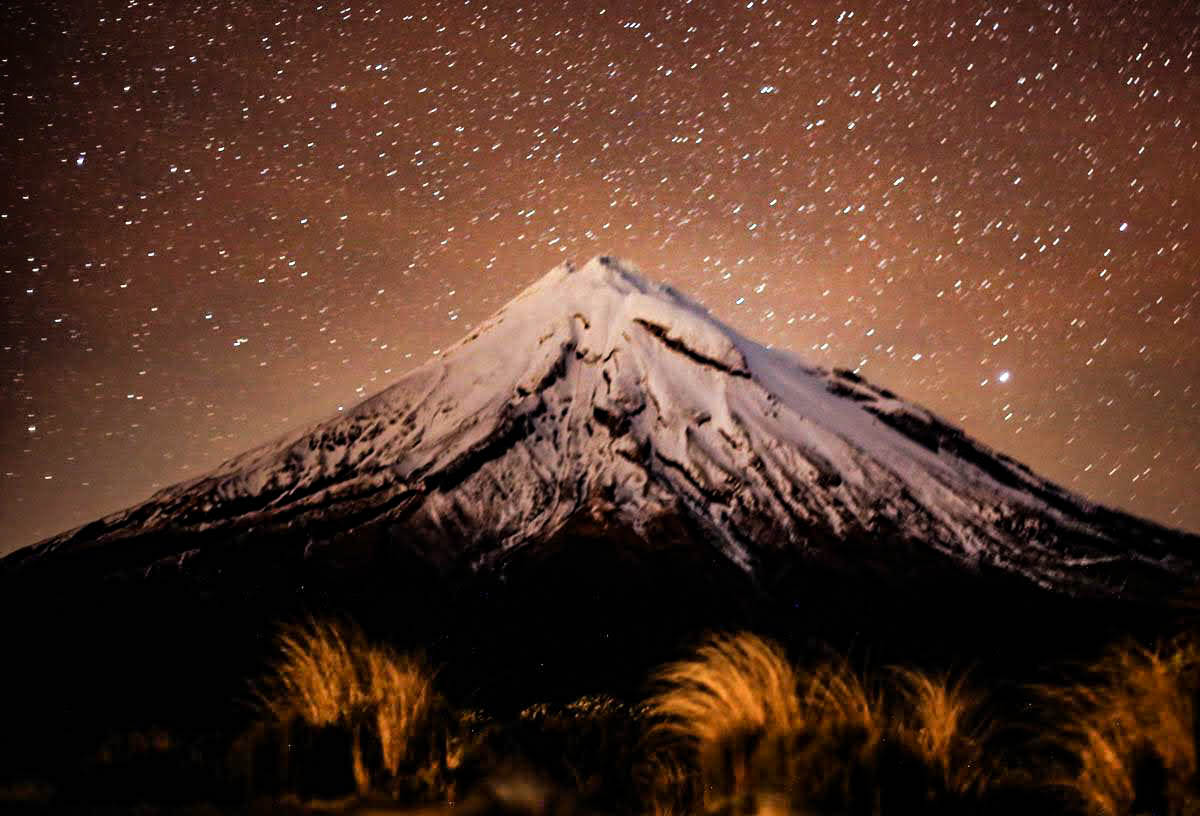
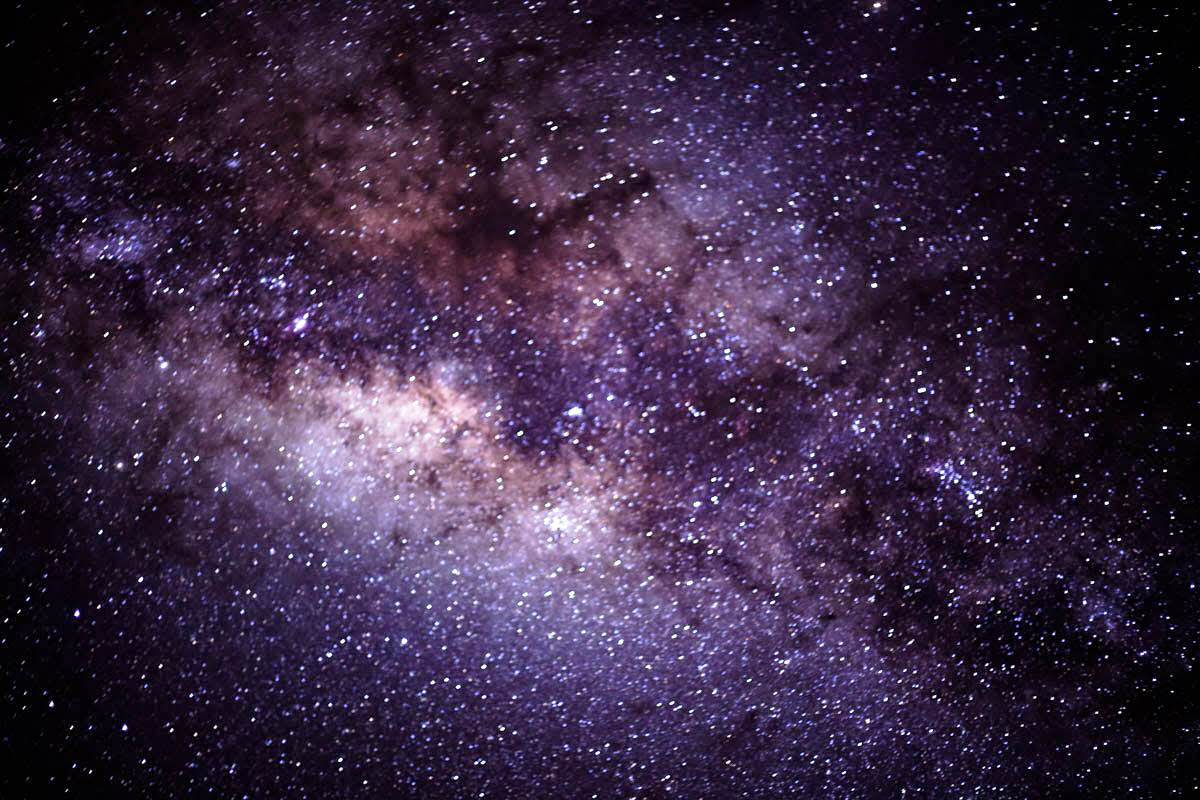
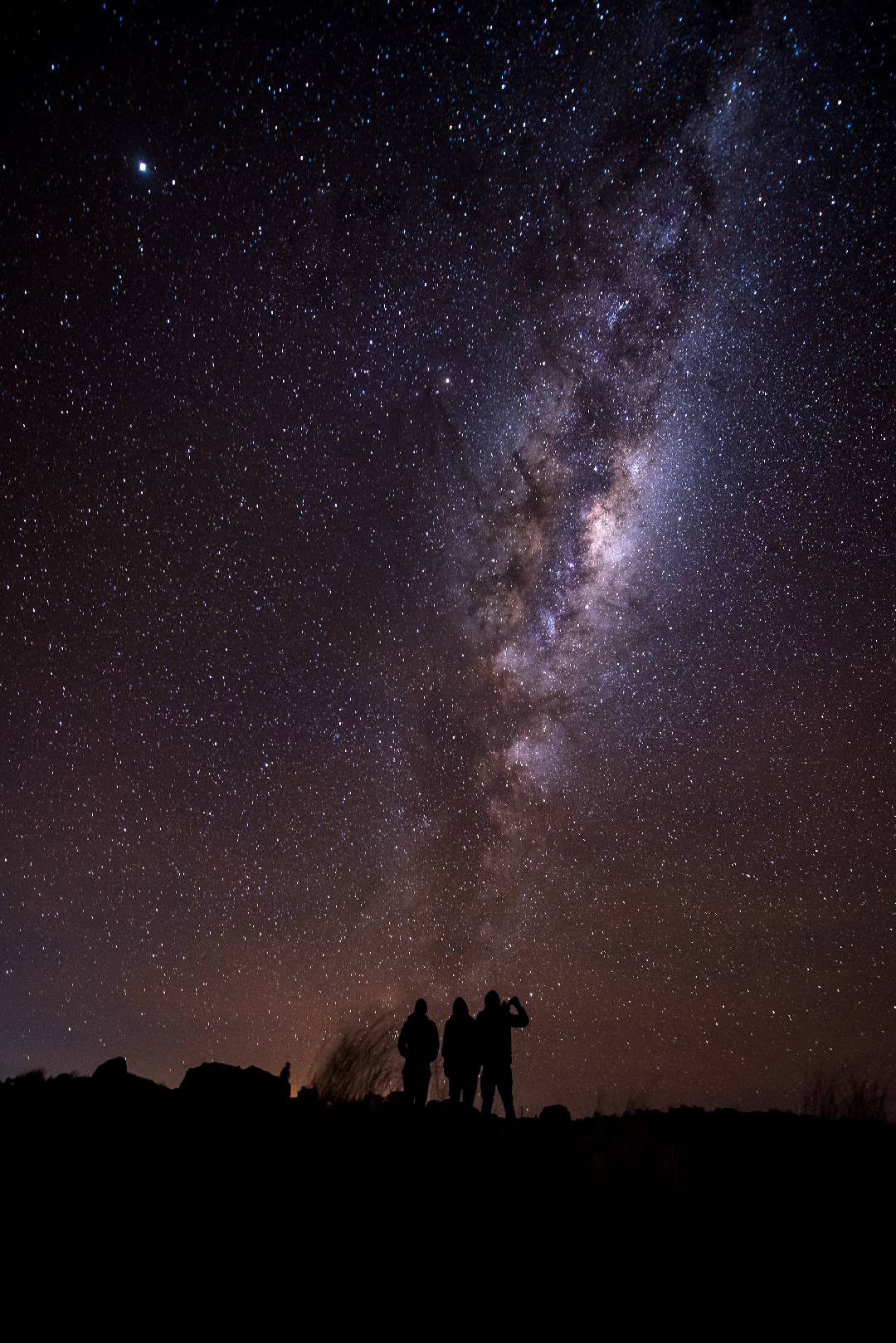
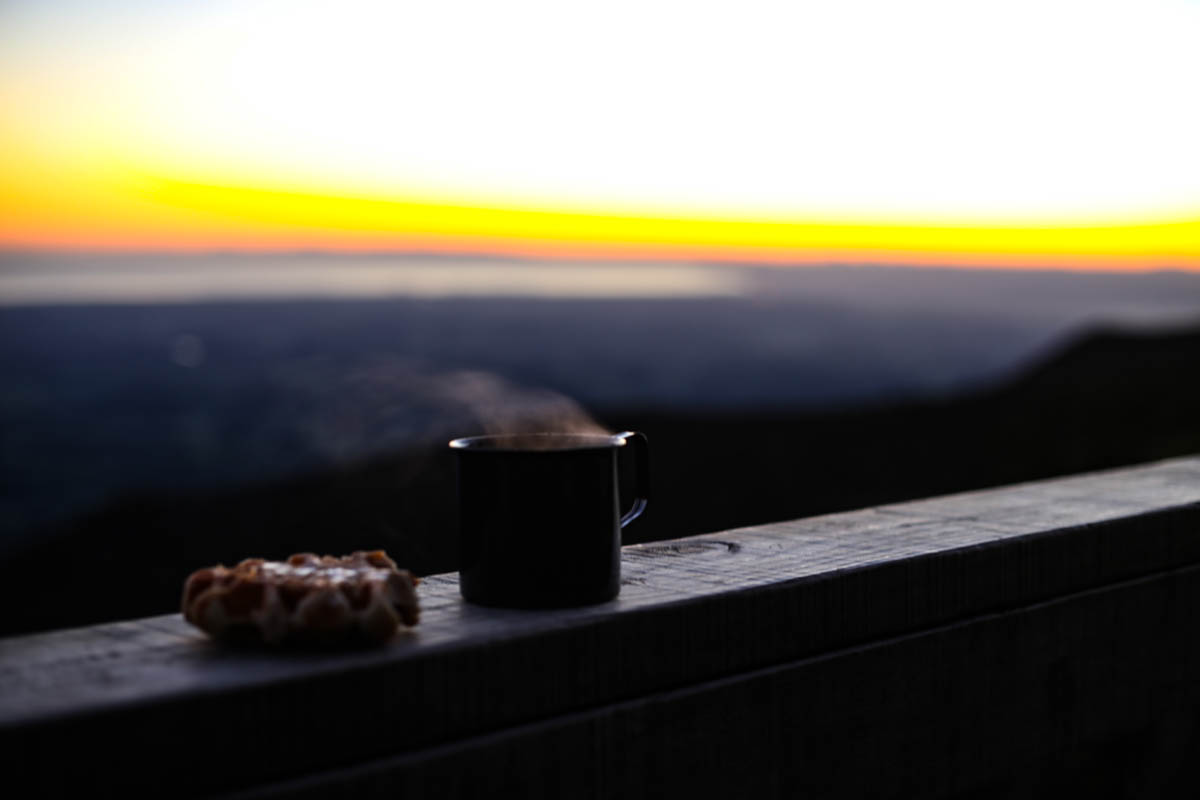

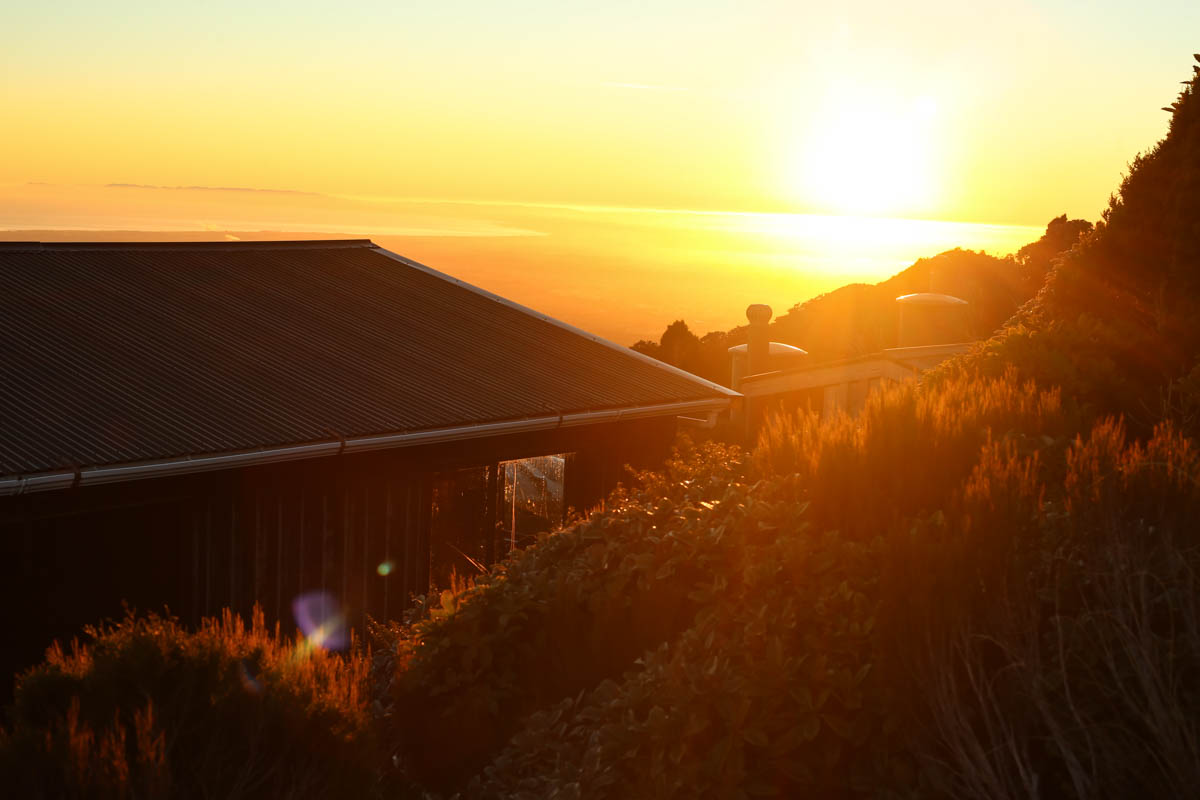
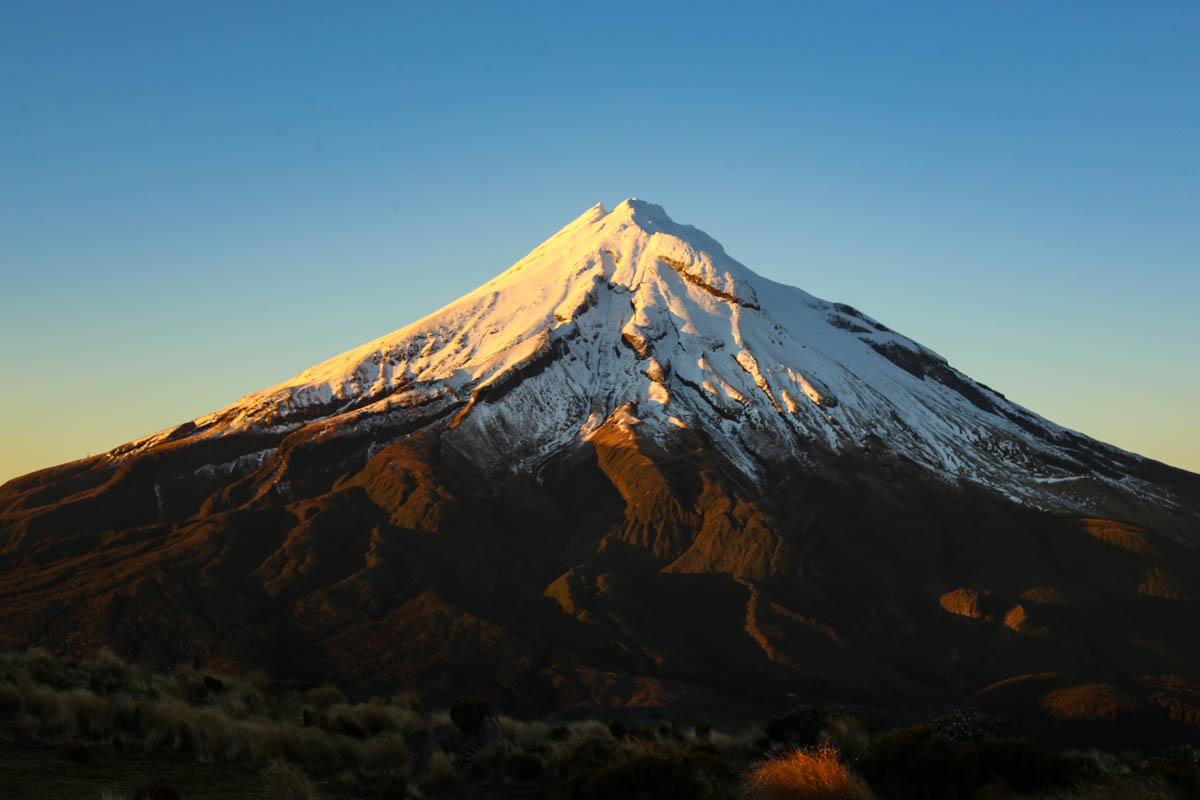
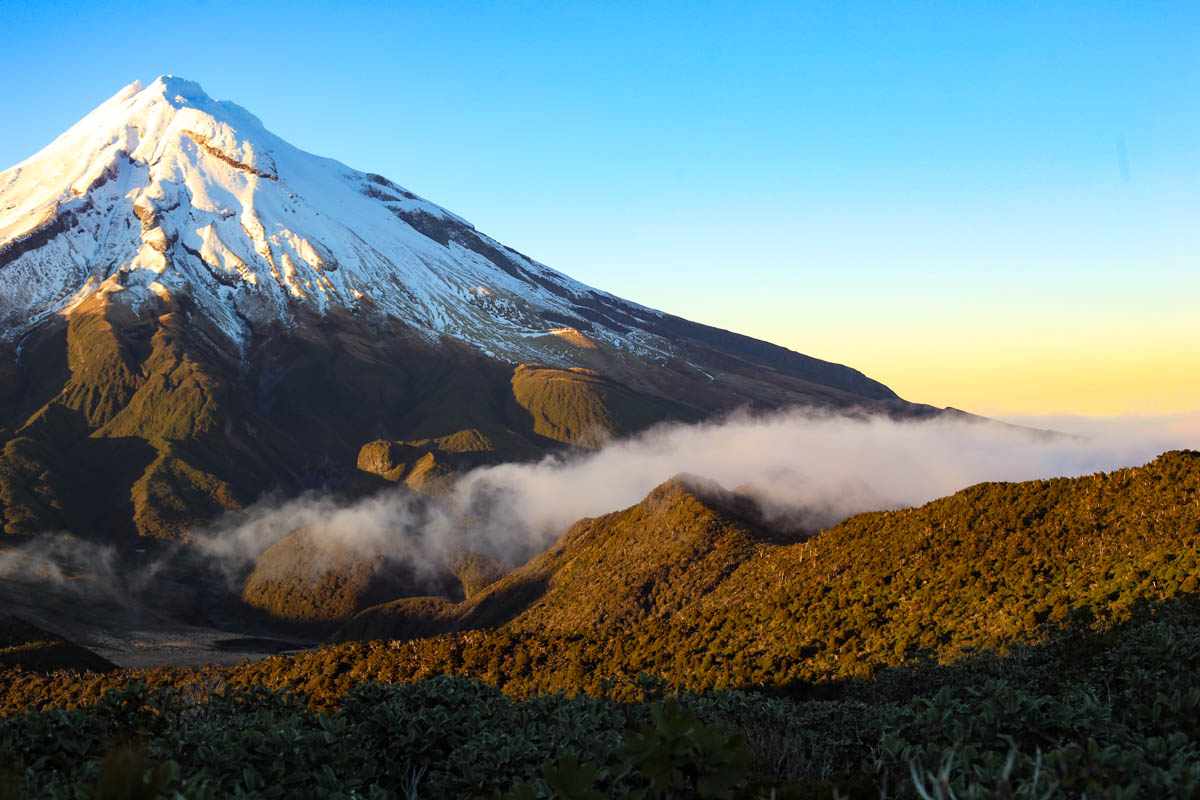
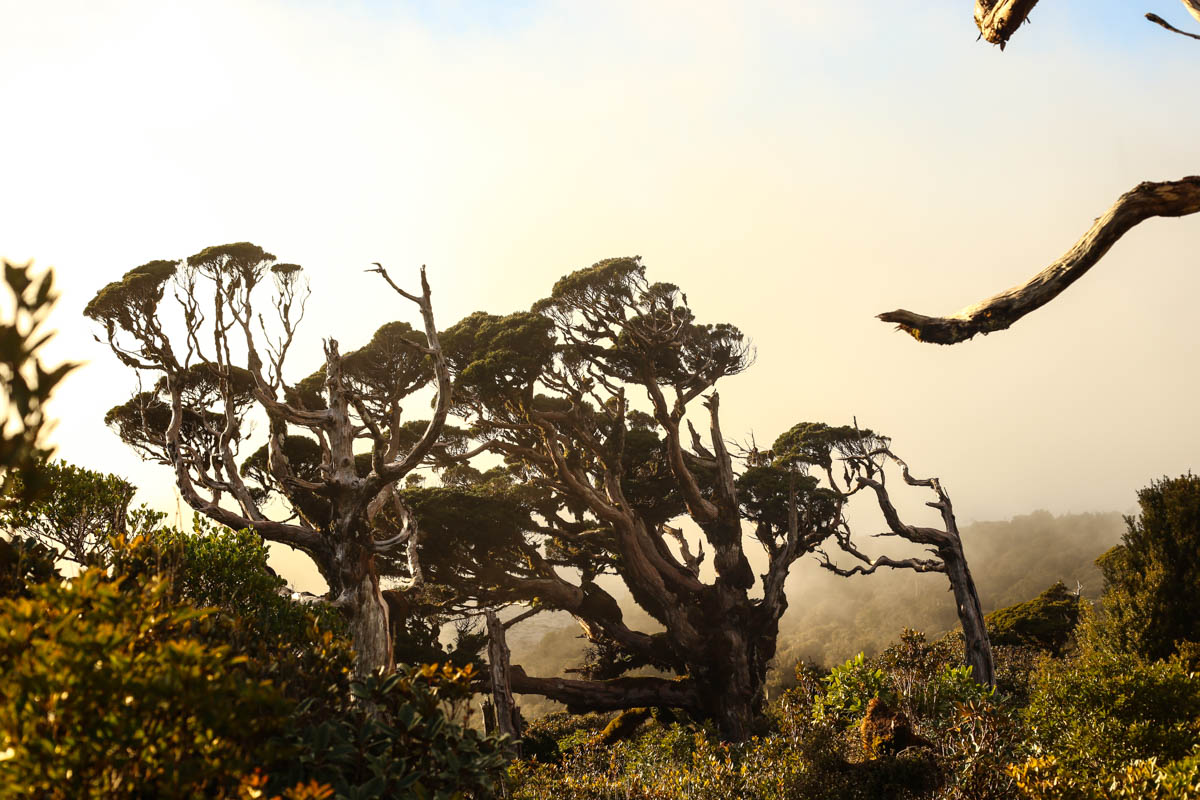
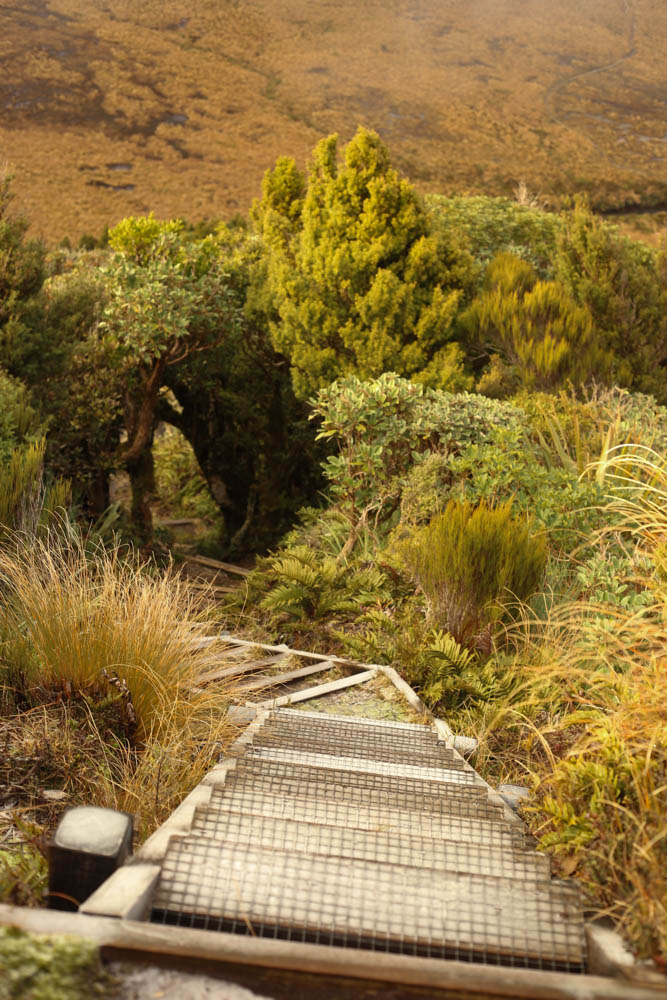
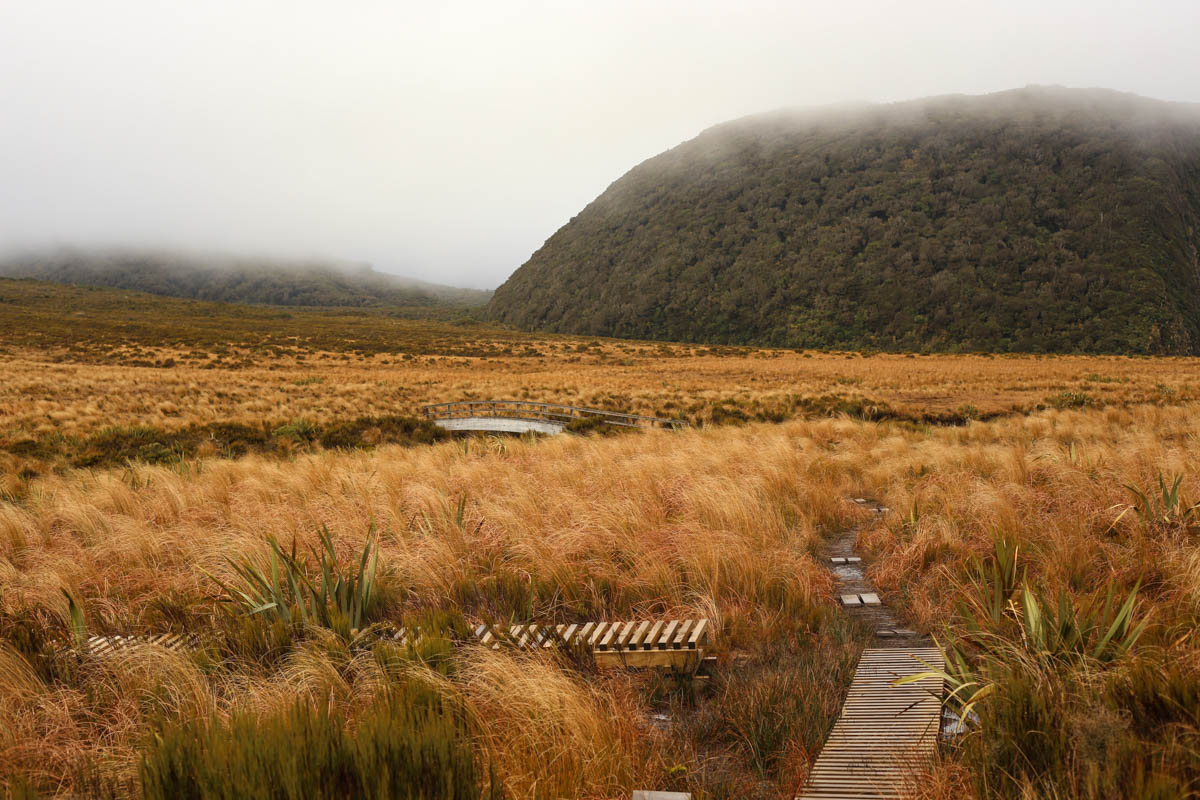
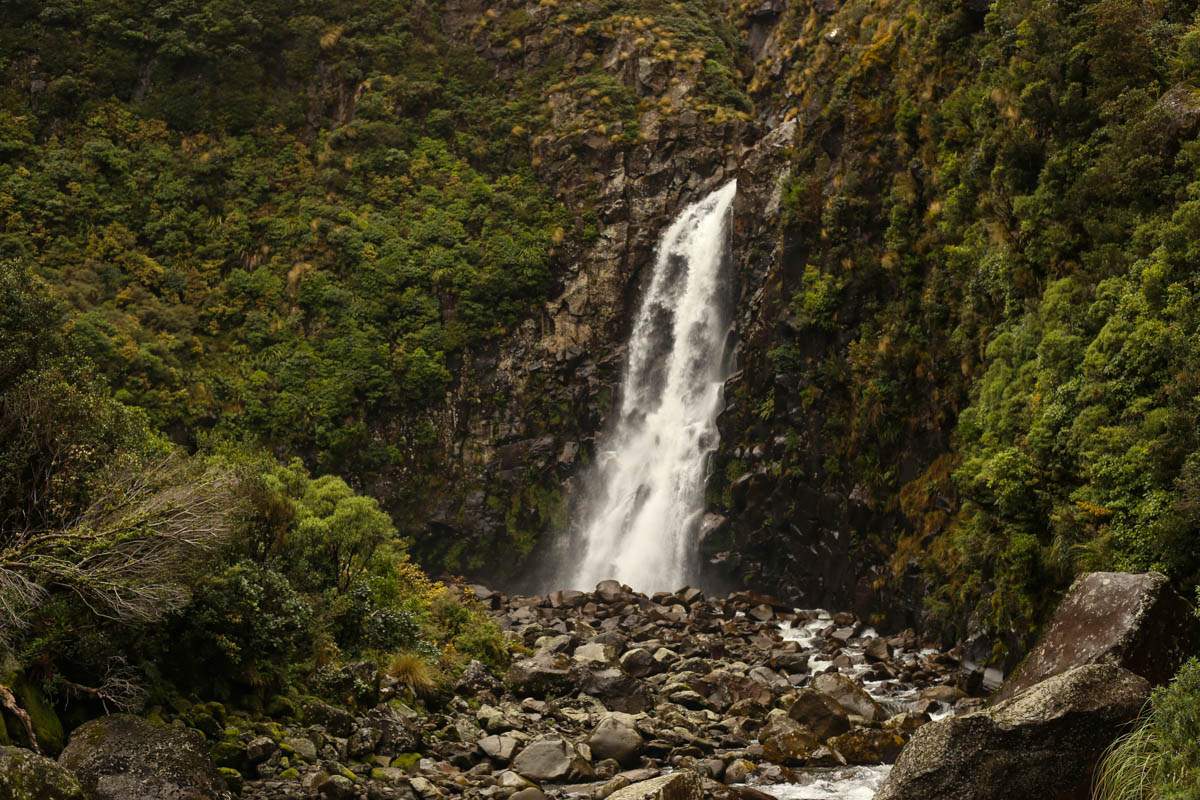
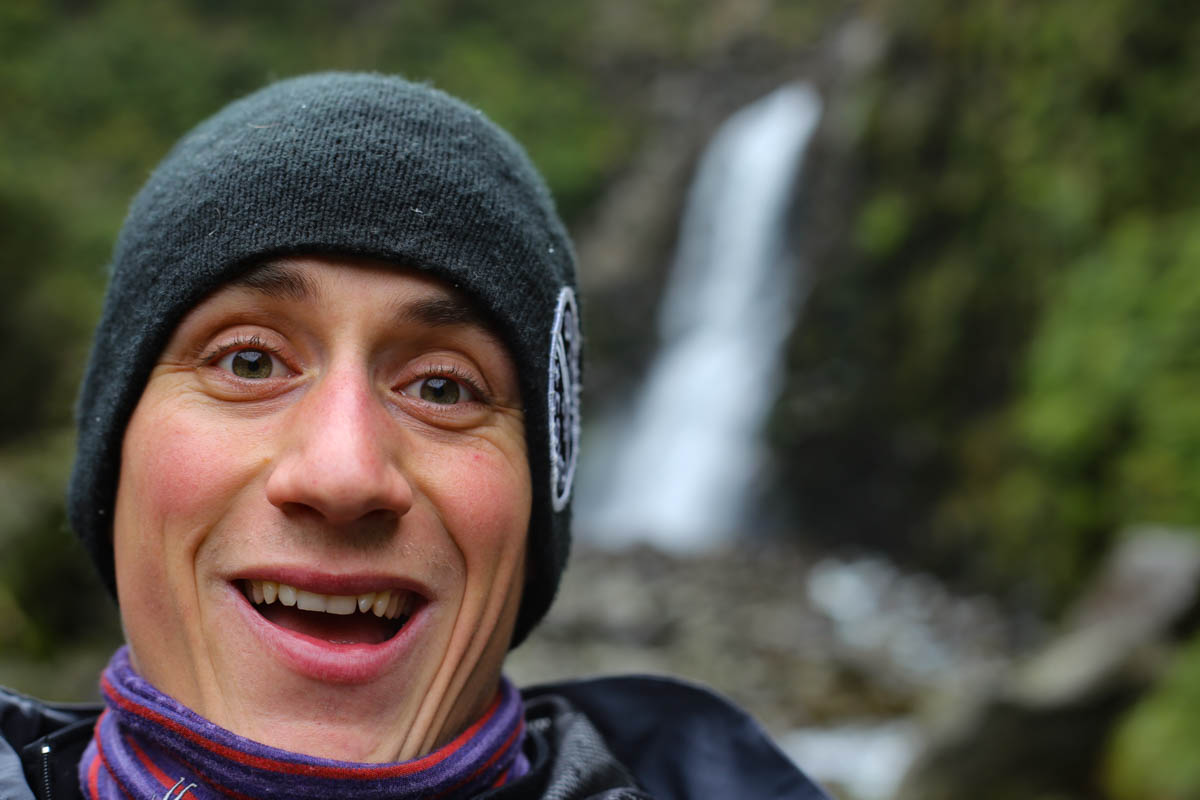
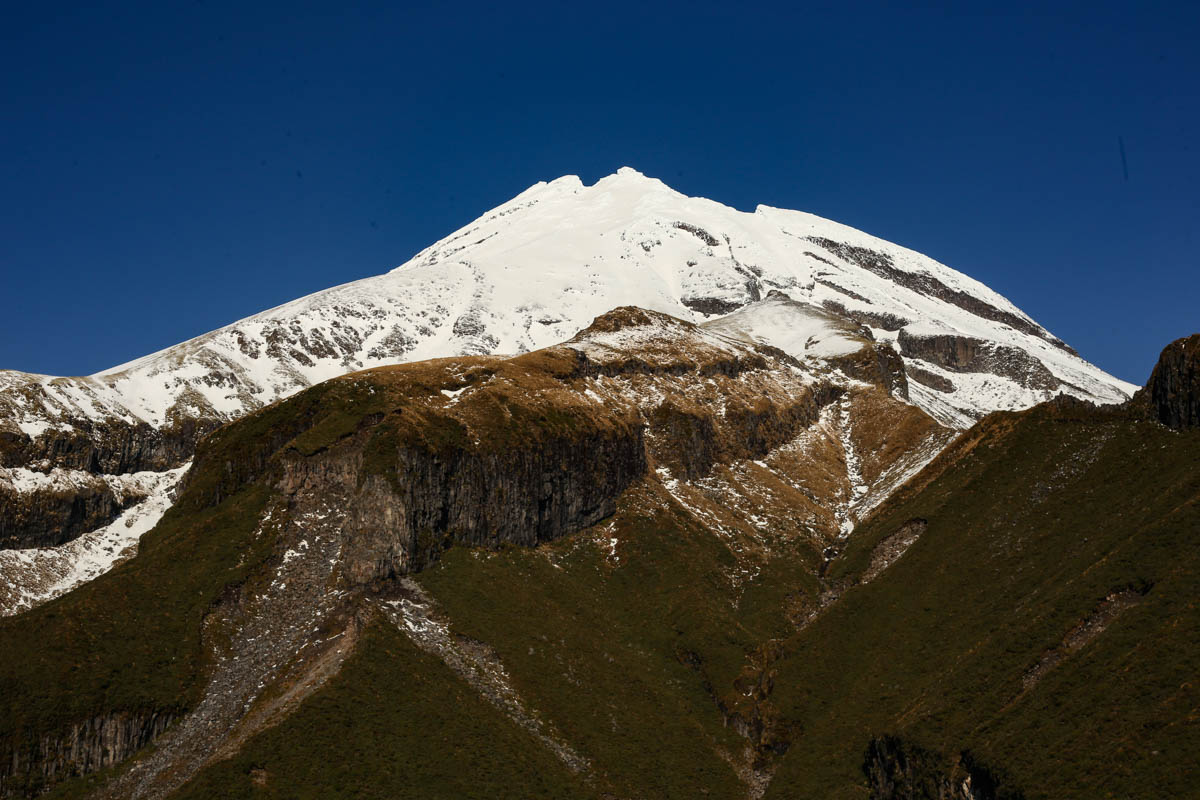
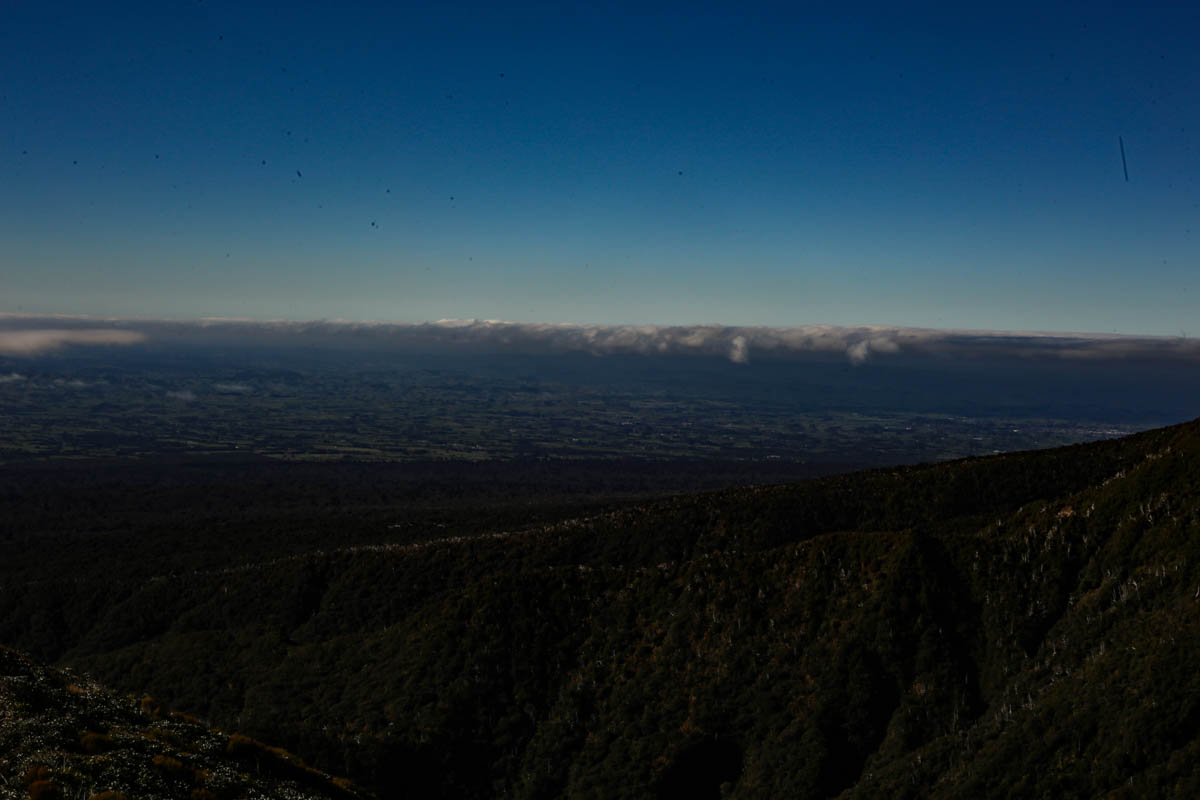
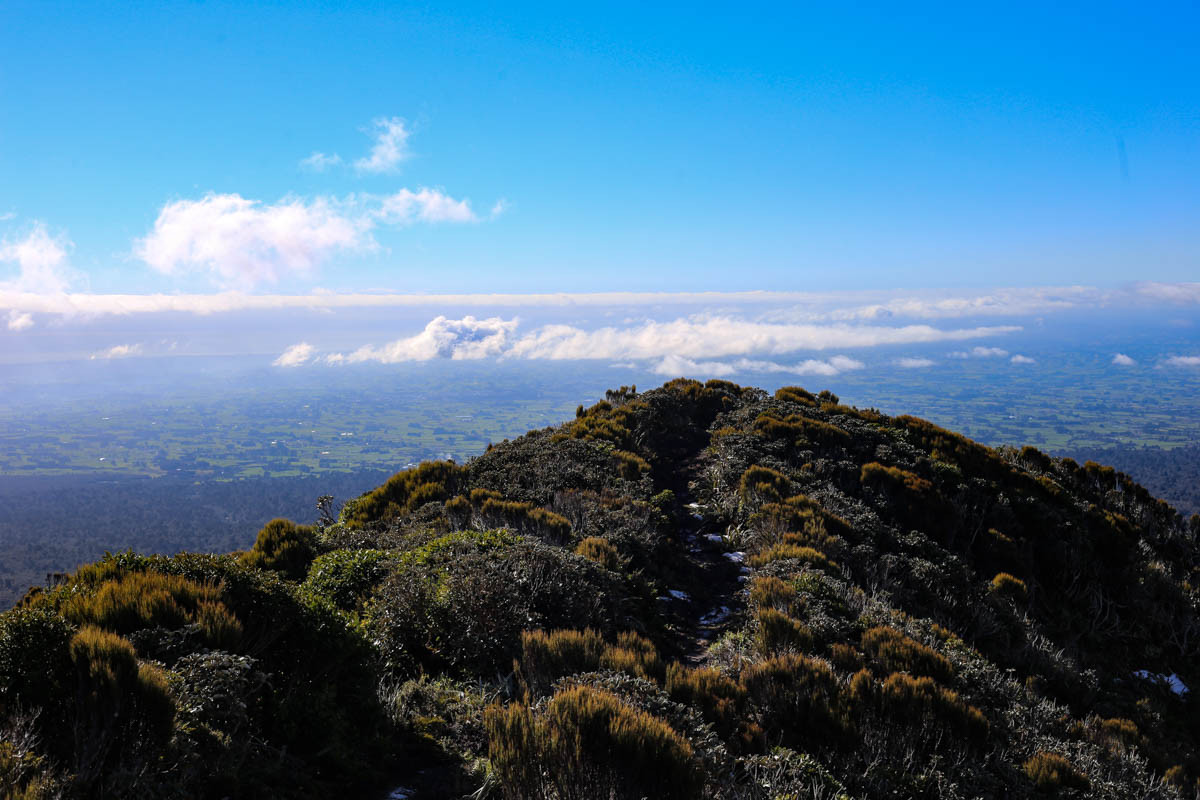
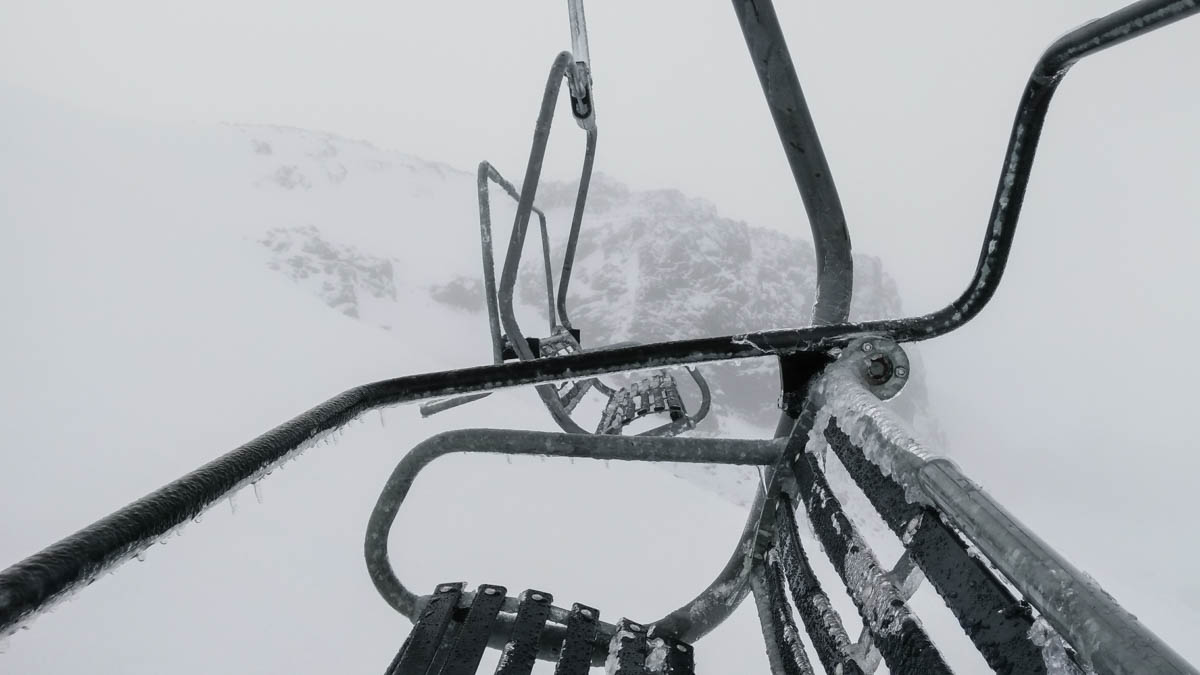
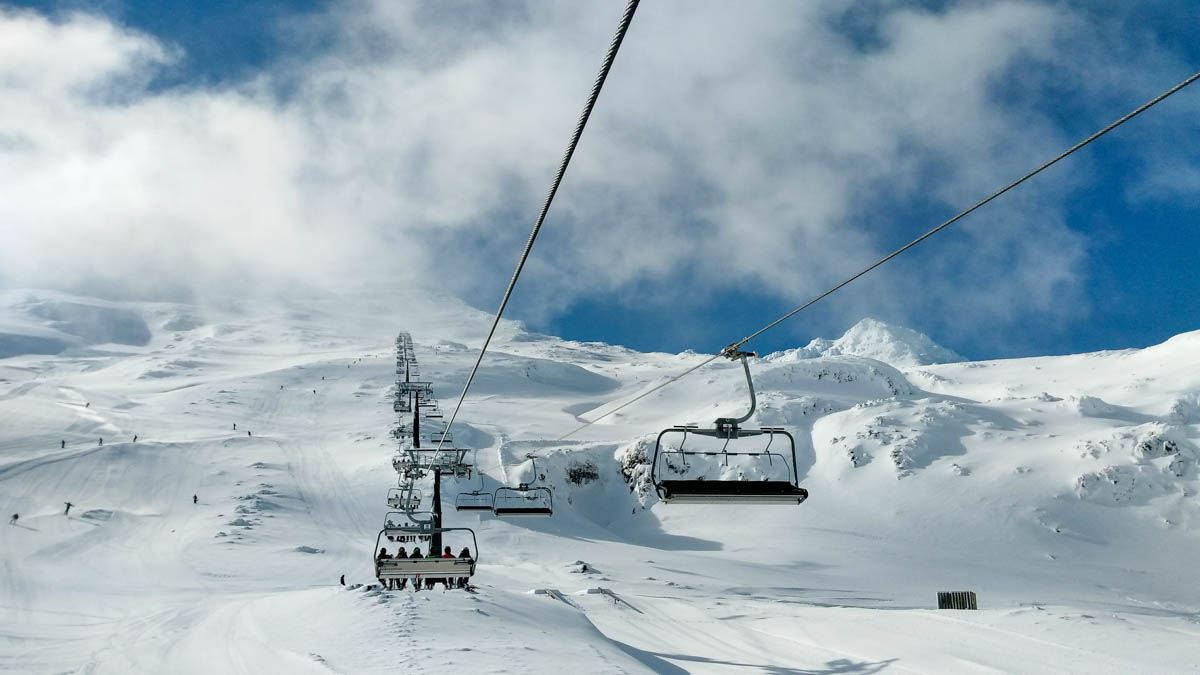

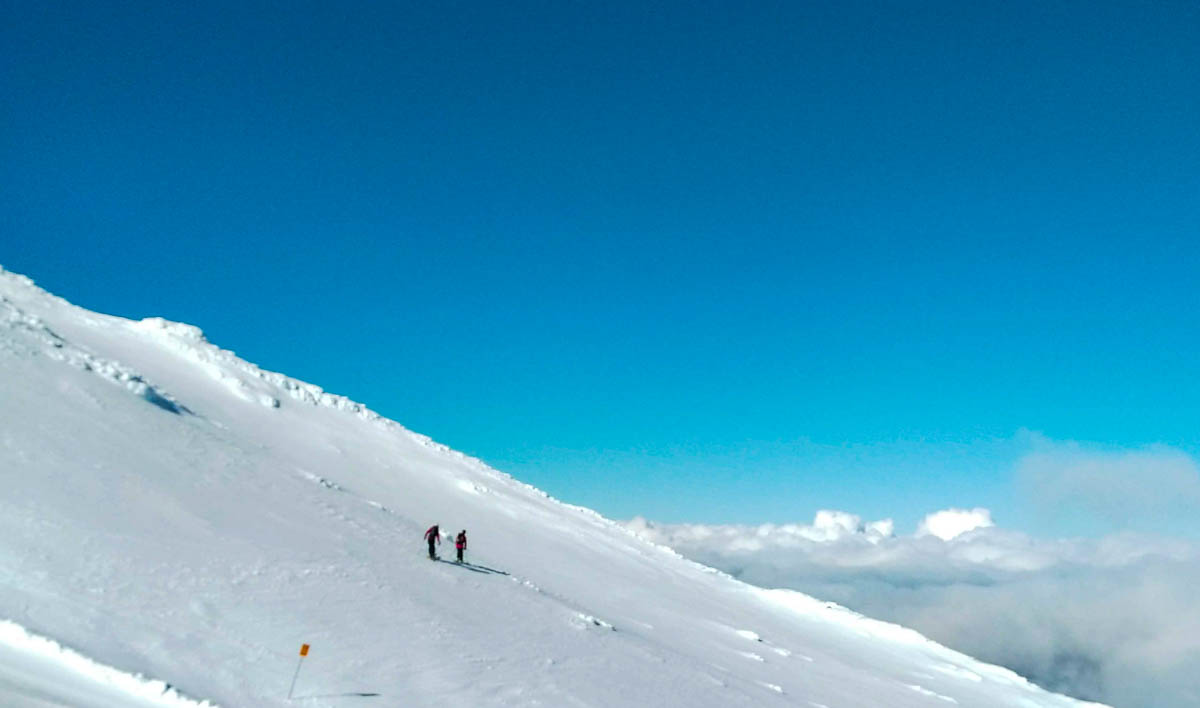

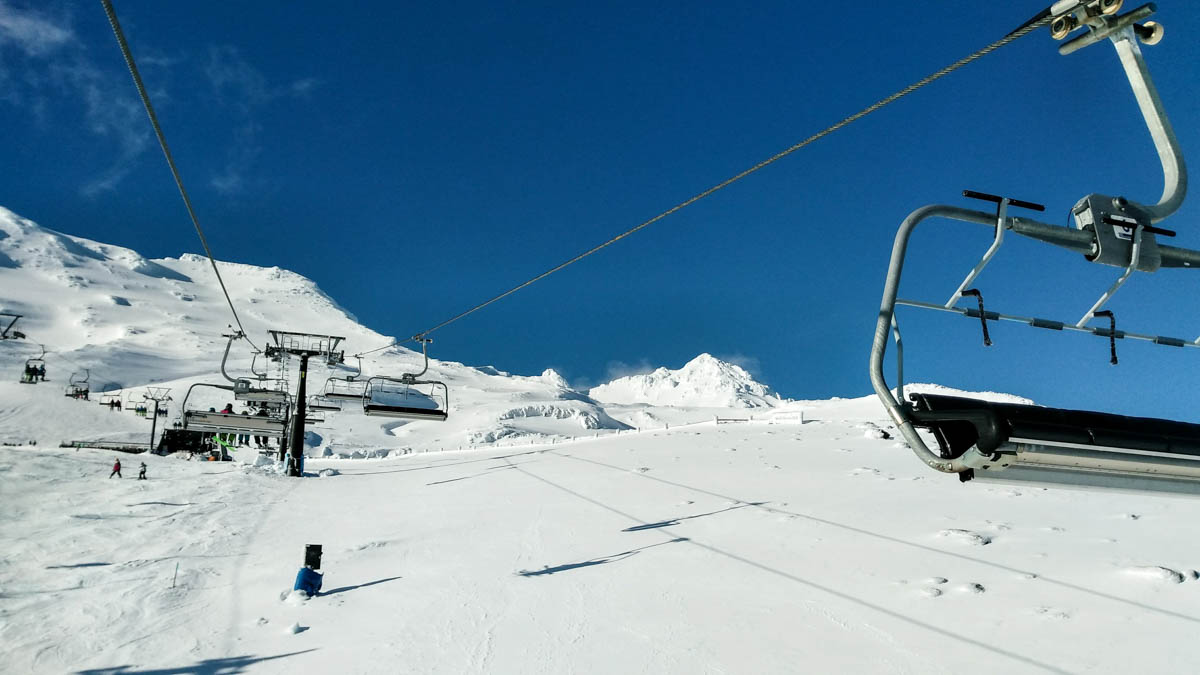
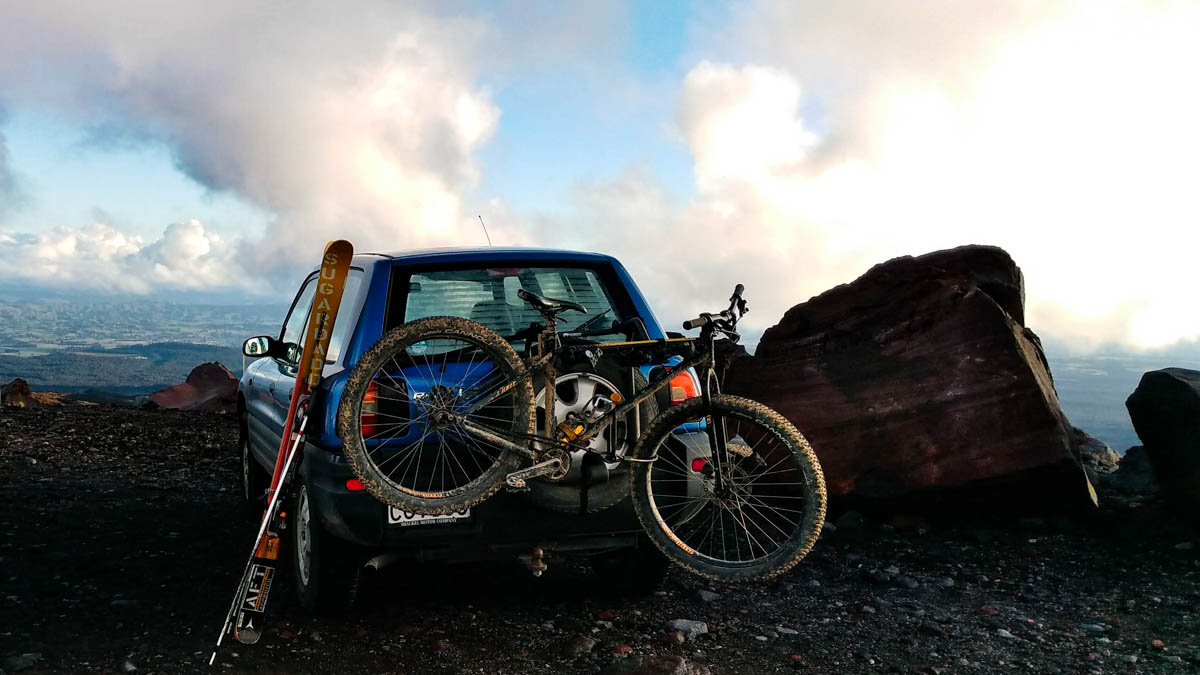
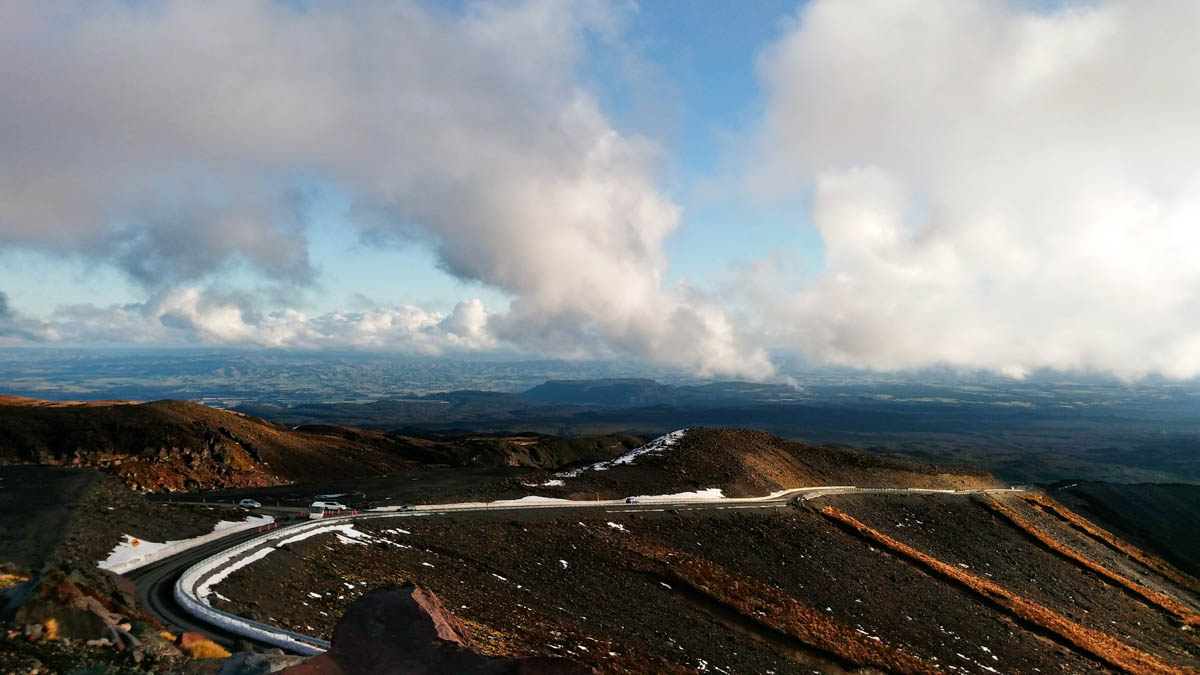
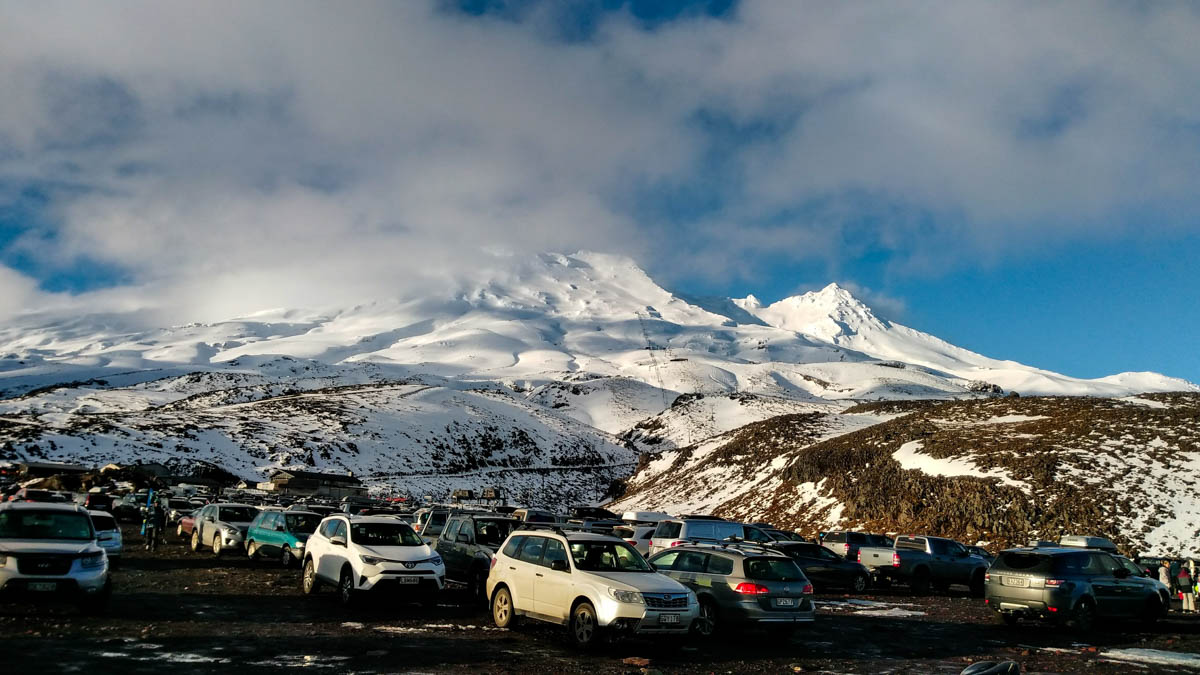
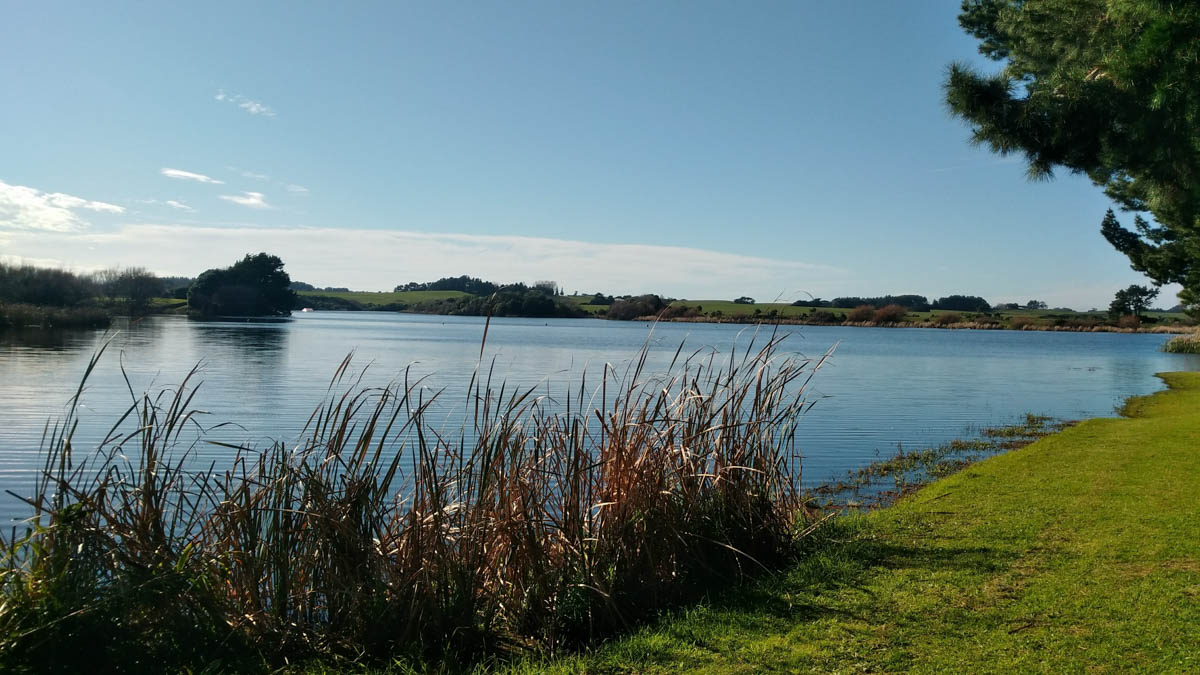
Man o' man, how time flies when you're having fun. I remember first arriving here and meeting some pitiable, bitter souls facing down the impending end of their working holiday visas, how far off those troubles seemed then. Now here we are, squaring up on the last month and a half of our time in New Zealand, taking stock of what has been a transformational year, and trying to lay some plans for our next steps. And yet there's time for all that to come, there were some mountains I needed to get involved with before I could even consider putting a bow on my time on the North Island.
Mount Taranaki is an iconic North Island volcano that had been on my list since before we left the US as one of the best hiking areas in the country. This 8,200 foot tall, nearly perfect, cone defines a huge swath to the island's western coast, sending it's circular ring of lava fields out into the Tasman Sea. The North Island is not known for it's vertical prominence, so Taranaki dominates the geography of it's epynonymous region in a staggering way. Initially, I had hoped to climb the peak (often cited as NZ's most gratifying summit), but a couple bad spats of weather pushed back my trip to the region and left the cone thoroughly encased in snow. So I was left with an alternative two day tramp on the Pouakai Circuit, that would wind up being an incredible, passion-reaffirming trip.
“Only the blaze of the peak popping out of the trees assured me that this hike would not be in vain.”
The Pouakais are a low range of hills, the remnants of an even older volcano in fact, that sit just north west of Taranaki, threading the narrow gap between the peak and the sea. I set out from near the visitor center- Taranaki being the country's second oldest and by far most circular national park- on a stunner of a day wandering through the dense native bush that covers the lower flanks of the mountain. Naturally, any winter hiking in NZ is bound to be a wet and slippery affair. As I squelched my way down the trail only the blaze of the peak popping out of the trees assured me that this hike would not be in vain. Iconic, is the only real way to describe the end of the first day of the tramp; after I hauled my ass up a long ridge to crest the Pouakai range I was rewarded with unfettered views across to the imposing mountain and down to the ocean on the far side. It's hard to think of prettier stretches of trail I've encountered, with Taranaki resplendent in it's snow-capped beauty and sweeping views down to the coast when you could be bothered to look away.
This, however, is where the trip took a turn for the interesting. After not seeing a soul all day on the track I came across one very photogenic tarn atop the Pouakais. It's a pissant little body of water, but it does hold definite aesthetic value of reflecting Taranaki in it's waters on a calm day...hence making it one of the most photographed spots in the park. Turns out there was a shortcut, past the hut I was heading to from an alternate trail head, and so despite my hours of laboring through the mud there sat a dozen photographers all trying to catch a little bit of the glory for themselves. I snapped a few pics and headed on my way trying to get away from the crowd only to be stopped in my tracks as the sun went down. Not for difficult hiking, but for staggering beauty. The low sun over the Tasman sea positively lit the peak of Taranaki up with alpenglow like I've never seen. In all honestly, it may have been the most beautiful sunset in the world but I wasn't looking at the sun. My eyes were too glued to the glowing, mountainous glory.
“It’s a tricky thing shooting the stars.”
Turns out though that a couple of those photographers were after more than just a quick day shot at the tarn. One group, a large family on holiday from Korea (that I have to say fit the photophilic Asian stereotype to a T) had taken over one of the bunk rooms. Meanwhile, another couple traveling photographers arrived (perplexingly) right after sunset. I had the fire cranking and a full belly when suddenly everyone, packed up and marched out into the pitch darkness. I poked my head out to see what they could be doing and caught a breathtaking view of the milky way arching from horizon to horizon. Needless to say, I threw on a jacket and chased everyone up to the ridge where I was to get my first lesson in astrophotography.
It's a tricky thing shooting the stars, and I was by far the biggest amateur in the bunch. With a little guidance though, and a kindly lent tripod, even your boy (the shaky image extraordinaire) was able to get a sensor full of milky way. The proof is in the photos. All the while, the family was absolutely blowing me, and the backpackers, out of the water with their setups and astrophotography knowhow. Elaborate light trail setups, super wide angle lenses, and a fair shake of experience had that family turning out some stellar (get it) shots. In the photos above you can see a shot where we modeled for the mom, and check out what a real star shot looks like.
The next morning, I woke to a frozen landscape. The night's dew left everything covered in a fine coat of ice, especially down where I was headed. Into the shadows of Ahukawakawa swamp. From the hut, the trail descended a steep ridge down below a low-hanging bank of fog that transformed the walk from mountainous glory into the dead marshes. The Pouakais trap water coming off the mountain creating a boggy world that turns white every winter morning as the trapped water freezes. I'm not sure if slipping on ice down the ridge and across the swamp was a better option than slogging through thawed mud. But it did certainly make for some very interesting hiking.
“t was great to have a tramp like this to bring me back under the backcountry ether.”
After a quick side-trip to a nearby waterfall for lunch, I marched my way along the apron of the mountain eventually popping out of the morning clouds to snap some epic views up to the summit as I worked my way slowly back to the car. To be frank, if every tramping experience wound up like my trip to the Tararuas in my last post I probably wouldn't be at it for long, so it was great to have a tramp like this to bring me back under the backcountry ether. Especially seeing as it may be one of my last tramps in New Zealand.
As I was descending the long ridge of Taranaki back to my car, I looked out east across the breadth of the island and there poking it's head above the clouds- miles and miles away- was another mountain, and a familiar sight. Mt. Ruapehu, the destination of my next adventure. The size of this little country really does get put into perspective at times like this. A clear day and a little elevation is all you need to see with unaided eyes halfway across the island.
“It was time to try my hand at a little southerly skiing.”
Ruapehu you've heard about on here already, it's the largest volcano on the island located just south of mighty Lake Taupo. Mitch and I drove up it's slopes a few months back to a (then) snowless ski field. Well the snows have certainly come here down south, so I reckoned it was time to try my hand at a little southerly skiing.
After some recuperation I loaded back up and headed back to NZ's carrot capital Ohakune, the resort town 20 minutes down the road from Turoa. On the North Island you basically have two options for skiing, both are located on Ruapehu just covering different aspects of the mountain. Turoa lies on the southerly side, boasts the country's highest lift, and most skiable acres. It was a natural choice. Plus, all else aside it is on the side of an active volcano, and how many times do you get to ski that in your life? It wasn't looking like I was going to line up a powder day, given that at any time it has just as high a chance of raining as snowing. So, I did my best to hit the slopes with some sun...suffice to say I was not entirely successful.
After camping just down the road from the hill (gotta love NZ for that) I grabbed some old beater skis from a local rental shop and headed up bright and early to make the most of my day on the hill. Quick rant: This was the first time I'd ever rented ski equipment, and man I get the standard tourist gripes. The boots were so packed out that they were simultaneously uselessly loose, and uncomfortably pinch-y. A tough, and terrible balance to strike. Anyhow, the morning was looking questionable with clouds rapidly pouring in from the west, and as I was waiting to grab my ticket things took a turn for the worse. Rain.
“The snow was still absolute boiler-plate every where I went, but man those views pay dividends.”
What followed was one of the grimmest mornings of skiing I've endured. Alternating between freezing rain, pelting ice, howling wind, and completely socked in fog, I stumbled blindly around the slopes of the hill. On top of all that I'd bumbled my way into skiing during school holidays, so it was uncommonly busy. In all, suboptimal conditions. But, I'd be damned if I wasn't going to enjoy the day, and after a little perseverance, I was duly rewarded. After a morning of deicing their highest lift (High Noon Express, those copycats!) they opened up their highest terrain just as the morning clouds blew out and instantly transformed view from arctic wasteland, to above-the-cloud paradise. The mountain etched in white, with a blaze of blue sky above, and all below us a field of clouds stretching out over the low hills. The snow was still absolute boiler-plate everywhere I went, but man those views pay dividends.
All skiing is above tree line in New Zealand, and it was easy to see why this area is the country's largest. Absent any trees or major landmarks to set a firm boundary of the area it's a bit of a free-for-all. Just ride the lifts up and go where ever you please, just don't go too low because you'll run out of snow, and lifts, in a hurry. It turned out to be a great afternoon of ripping far-flung ridges, dodging families, and seeking out anywhere the sun might have softened the snow from it's concrete state. It felt great to get out on skis again, even if the conditions left a bit to be desired.
So, looking ahead I've got to plan out my final New Zealand adventures to make the most of our final month and a half (gasp). One big item is still on the list: skiing the South Island. My Turoa experience was just an appetizer for the main course of South Island skiing that I have lined up. But all that's a story for next time.
My Route:
Tips For NZ Travellers:
- Lake Rotokare outside of Hawera is a great little camp spot if you're looking for something in the Taranaki region. It's set amidst a bird sanctuary and you'll hear the kiwi calling to each other all night. Plus driving through the protective gates totally feels like entering Jurassic Park.
- You can climb Mt. Taranaki any time of year (given the right gear and experience), but if you're not into battling the snows in the winter the Pouakai Circuit shouldn't be short changed. I'd defend it as one of the best circuits on the island.
- When on the Pouakai Circuit, you'll be tempted to do the Bells Falls side trip. It's an impressive fall, if not mind blowing, but it'll take a solid hour and a half with no rest to check it out.
- Apparently mid-July is still "early season" on Ruapehu (despite that being the equivalent of skiing mid-January). With the typically wet snow the best time of year is spring when more terrain opens and the slopes to to corn every afternoon.
- If you're debating between skiing Turoa or Whakapapa, keep in mind that generally Turoa stays out of the wind a bit more and doesn't have quite as many weather closures. Check the forecast!
- Goes without saying...don't be like me and ski in the middle of a school holiday for no reason.
New Home // Old Friends
We were settling in nicely here to our new home in Wellington when a visit from our old friend prompted some epic adventures…
The Wellington Way






























Well, we've been down south for 8 months and I'm finally starting to feel like I'm missing things in the US I won't get back. Namely my little sister's graduation. Elle just wrapped up her Spanish degree at Oklahoma State, and like the boneheaded big brother I am I was nowhere to be seen when she crossed the stage. Nonetheless, I'm proud of you sis!
Beyond that, Meredith and I are really starting to get settled into our Wellington groove. I've been busy polishing my barista and e-bike skills at Bicycle Junction, which Mere will tell you is a perfectly suited shop for yours truly. In my off hours, I've been living it up with all the great trails conveniently located right outside the city center and with the southerly winter swells getting the local surf breaks working. Meredith has been keeping herself busy temping around town as she gets ready to head back to the US for her cousin's wedding. We're both falling in love with this little city and will be doing some more serious job hunting for gigs that could compel us to hang out past September.
“There were no glorious stands of yellow aspens, but it still scratched the autumnal itch”
In the meantime though, I've settled into a little adventurous routine of loading up the RAV with my surfboard, bike, and tent and heading off to check out what all the North Island has to offer. Let me tell you, it has jungle and rugged coastlines in droves. I started off with a very autumnal trip out through the weekenders paradises of Greytown and Martinborough on my way to the scenic surfer's township of Castle Point. In Welly, the weather for most of the year is low 60's drizzly with a stiff breeze and most of the vegetation is native (read: no autumn colors), so it was a fun surprise to head out into these tarted up roadside towns basking in their in full autumn glory. There were no glorious stands of yellow aspens, but it still scratched the autumnal itch.
Most recently, our friend (and former roommate) Mitch came out to visit for a couple weeks and we had a hoot showing him everything Wellington has to offer. Namely solid craft beer, plenty of nightlife, and every type of Asian food under the sun. Mitch, congrats buddy on being the first friend to visit completely of your own volition. Colorado fam take note if you come way down south Mere and I will have you loving New Zealand and rethinking your five year plans.
Into The Jungle












































Naturally though, Mitch came all the way across the globe not just to hang out in one little city. So with Mere, unfortunately, a little tied up at work we loaded the RAV and hit the road for The Great Man-cation 2018. First stop, Mount Doom.
“First stop, Mount Doom.”
Our home base for this grand excursion would be the small ski town of Ohakune located just below the slopes of the iconic Mt. Ruapehu- one of several landscape domineering volcanoes at the heart of North Island. Most notably, the area was used to film scenes set in Mordor in the Lord Of The Rings trilogy, and let me tell you those scree and snow covered slopes feel every inch of Mount Doom. But where there are slopes there will be skiers, we cruised up the winding road from Ohakune climbing high above the trees to the foot of the local ski field. With the volcano towering behind us and miles of jungle covered hills stretching out ahead of us ol' Mitch got a taste of the drama that New Zealand landscapes can provide. I'll be sure to head back there in the winter to check out the slopes, without a doubt it will be unlike any hill I've ever had the pleasure of skiing.
“Five hours of adrenaline pumping cave shenanigans with some glowworms thrown in for good measure.”
The next morning we were up and on the road bright and early for another Kiwi classic adventure, the Waitomo Glowworm Caves. If you've watched the notorious caves episode of Planet Earth you'll know exactly what I'm talking about, we headed out to see these little glowy guys up close. But of course it's New Zealand so you have the option to make your worm viewing EXTREME! We opted for the "Black Abyss" package with a local guide company which promised five hours of adrenaline pumping cave shenanigans with some glowworms thrown in for good measure.
We rolled up, tossed on a wetsuit, got a five minute crash course in repelling, and before we knew it found ourselves dangling over a hundred feet of rope that plunged into blackness. After squeezing through a tight throat we found ourselves swinging into the cavernous spaces of the underworld. That's the Kiwi way, give you just enough info to not kill yourself and let 'er rip. After repelling into the cave we were treated to an onslaught of cave action including a pitch black zip line, tubing the underground river, squeezing through half submerged passages and jumping off waterfalls. A particular highlight was laying back on tubes as we were slowly pulled through the still blackness of the caves and thousands of glowworms created intricate, shifting constellations on the ceiling. A final squirm through some tight squeezes and free climbs up torrenting waterfalls had us singing hallelujah when we finally saw sunlight at the end of the tunnel.
“That’s the Kiwi way, give you just enough info to not kill yourself.”
No time to waste though on a whirlwind trip way down south, the next morning found us careening down dusty mountain roads in a shuttle van on our way to the beginning of our next adventure, The Whanganui Journey. This trip is the only "Great Walk" done entirely by canoe, and as many of you know I'm a big fan of a good float trip. We booked the trip for three days of paddling through endless canyons of green, believe me it delivers as advertised. After a harrowing van-ride out to the only put in point for days of river time in either direction and an even worse safety briefing than the one we received before our kayak trip in Abel Tasman we shoved off and paddled out into the mighty Whanganui River.
The river is the highlight feature of the epynonymous Whanganui National Park, which was created to preserve the rugged native jungle and insanely steep volcanic hills of the region. For much of the park boats are the only way to get access. In the summer it's a popular canoe paddle, in the offseason it became one of the most remote feeling experiences I've ever had. We started in a backwoods town, drove even further into the middle of nowhere, and started paddling down a river on which we were the only souls. It was an insane feeling being that deep in the bush and not seeing one scrap of human activity. Over our three days on the river we would see one jet boat two times, and that was it. Guess that's the benefit of braving things in the offseason, you risk more with weather but reap the rewards in solitude.
“The river opened views to new, deeper, bush-clad canyons.”
Pretty quickly we learned that canoes are an inferior river craft. Our laden boat was stable and sat deep in the water but every pressure wave became a paddling task and we soon found out, much to Mitch's chagrin (as he was sitting up front and all), how little of a splash would make it over the rails and right into our laps. Overall it was a bit of a lazy river, in a proper raft we may not have even paddled for three days, but by canoe it felt a proper adventure. For a couple of rookie canoeists we fared pretty well, which is good because for the most part we were having trouble keeping out jaws from dropping off our faces as every bend in the river opened views to new, deeper, bush-clad canyons.
Day one was a monster, it had us covering over 40 kilometers of open river to the insanely remote John Coull Hut which is only accessible by boat. After a long day on the river winding our way through the twists and turns of a deepening jungle, we were relieved to make this noble outpost our home for the night. With the hut all to ourselves we cranked up a roaring fire in the stove and chef'd up the high class backcountry cuisine a float trip allows, you know delicacies such as Scrumpy's cider and Spaghetti-Os.
Surprisingly, day two had me thinking a lot of my time in the canyons of Utah and Arizona. Only instead of ochre cliffs rising over head we had towering granite climbing higher and higher on either side and every square inch of available land was covered in green. Only the grey of the misty skies and river broke the all-encompassing, verdant, native jungle. Oh, and there's water lots of water, falling from the skies, splashing in the rapids, dripping from the ferns; it's funny to look back at my time in the desert and think how many miles of dry creek beds I've hiked down contrasted to sailing through canyons of a similar size and shape on a coursing river.
“By day three we were pretty much a couple of old canoeing pros.”
By day three we were pretty much a couple of old canoeing pros. Which was good because we left our shelter at the maori marae of Tieke Kainga (I'm not sure what a marae is really apparently maori people go to live there in the summer, but for us there were no people or even helpful placards to learn about the place) and headed straight back into the tightest section of gorge yet which promised the most rapid action. The stretch on day three really showed up, mists swirled among the hill tops as nearly vertical walls of green plunged on either side of us into the racing water. Several times we simply let the boat drift aimlessly through calm stretches to lay back and soak up the sea of green all around us.
After being well forewarned of the final rapids on the river we sailed through 'em without breaking a sweat. The outfitter gave us a 50% chance of not tipping the canoe on the trip and honestly I'm wondering what kind of jabronies they're renting canoes out to. Maybe it was our finely honed canoe skills or maybe the river was running just right (it was probably the latter) but we pulled ashore at the take out with no tip overs and smiles from ear to ear.
I guess the lesson is this ladies and gentleman: if you come visit us in New Zealand we will show you a good time and we will drag you along on an unforgettable boat trip. Our door is always open.
Our Route:
Tips for NZ travellers:
- The Whanganui Journey is totally doable off season you just run a higher risk of cancellation due to bad weather or river levels.
- Yeti Tours in Ohakune rents in the offseason and are a solid outfit, just remember to call and verify your departure the day before.
- Canoeing is never going to be a dry event. Keep a freshie set of warm dry clothes in your dry-bins to look forward to after a long day on the river. Also don't wear cotton...Feel like that should go without saying.
- Waitomo is high on every list you read for a reason, you don't need to spend a million dollars and do the extreme version like we did, seeing the glowworms is totally easy and accessible.
- That said, the adventure trips in the caves are rad and there aren't any mandatory claustrophobia inducing squeezes if that's the sort of thing you're not into.





